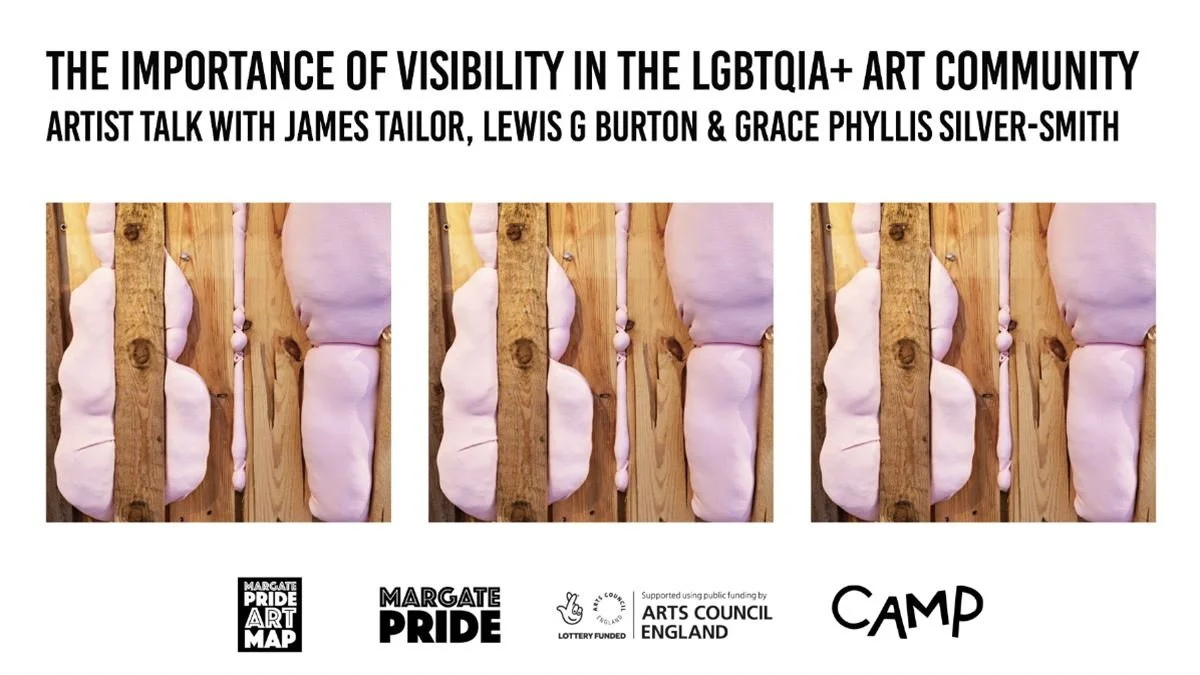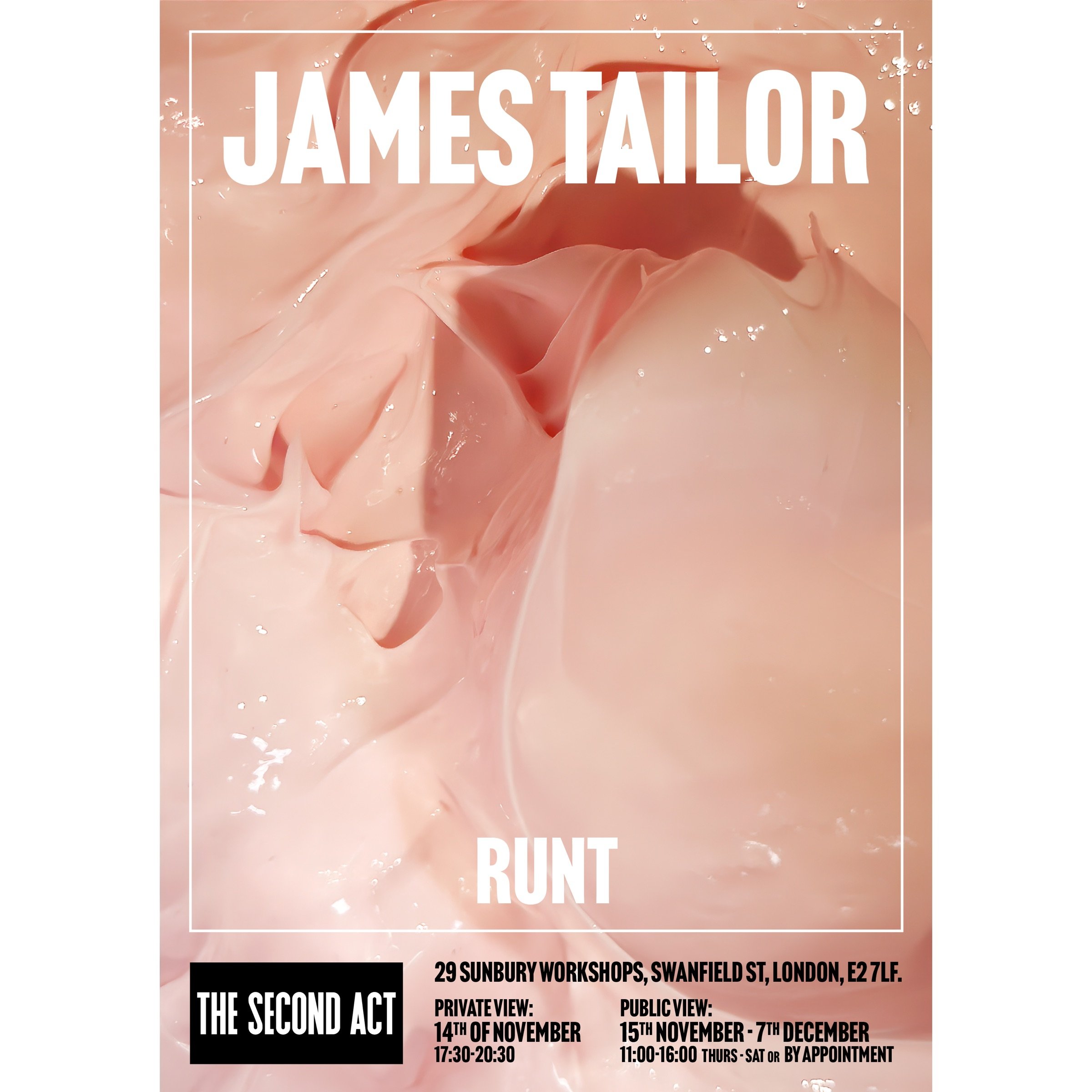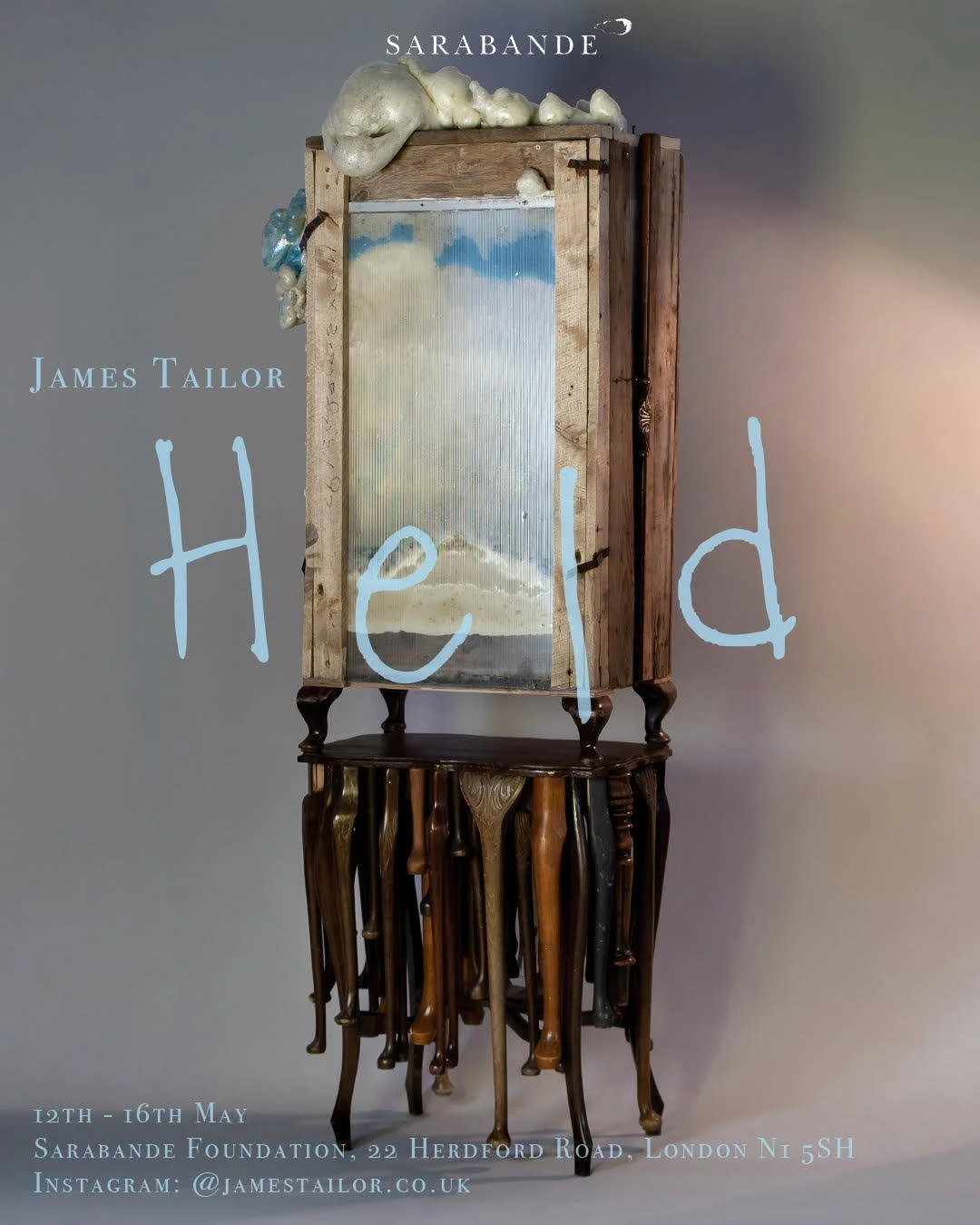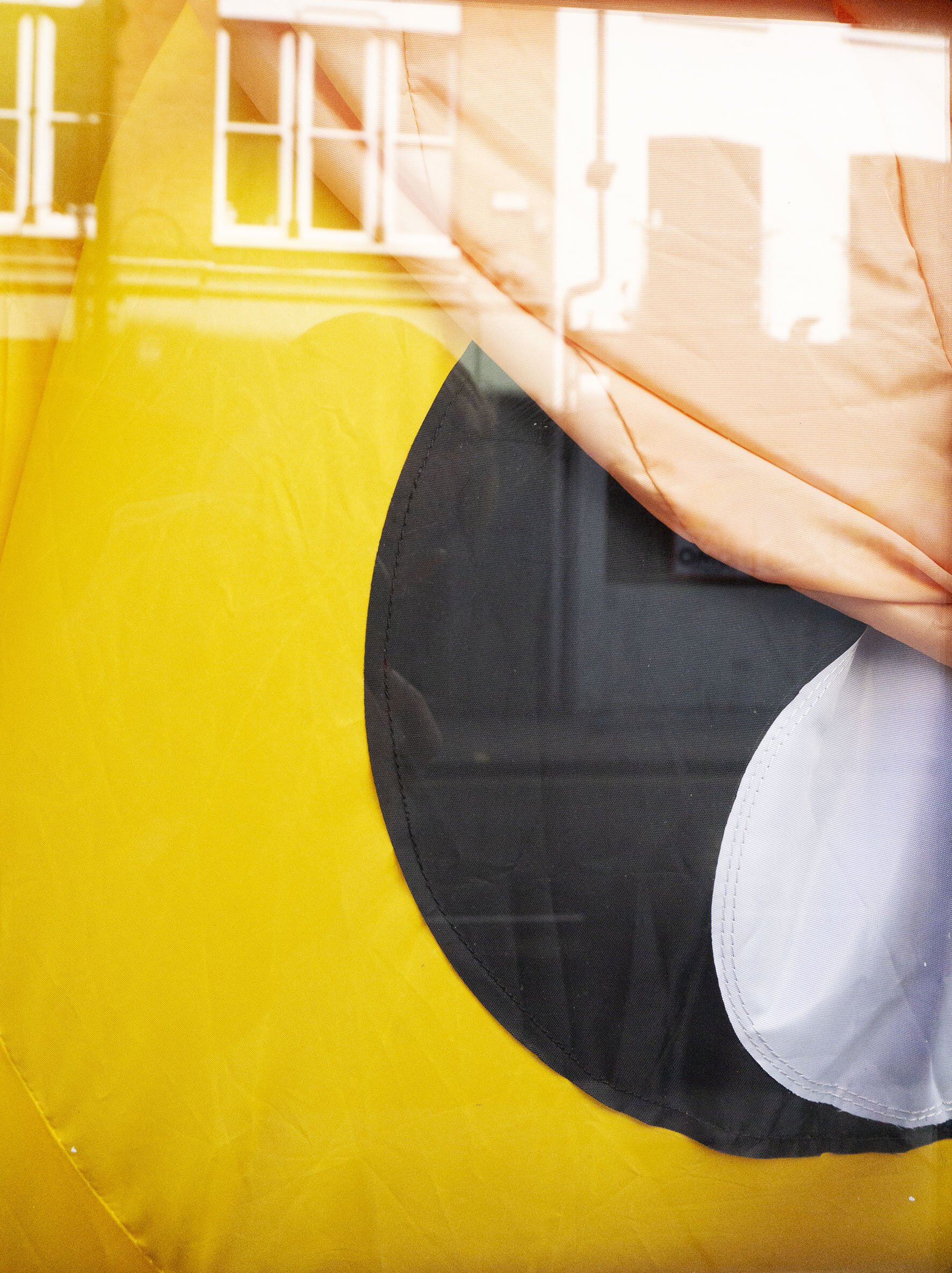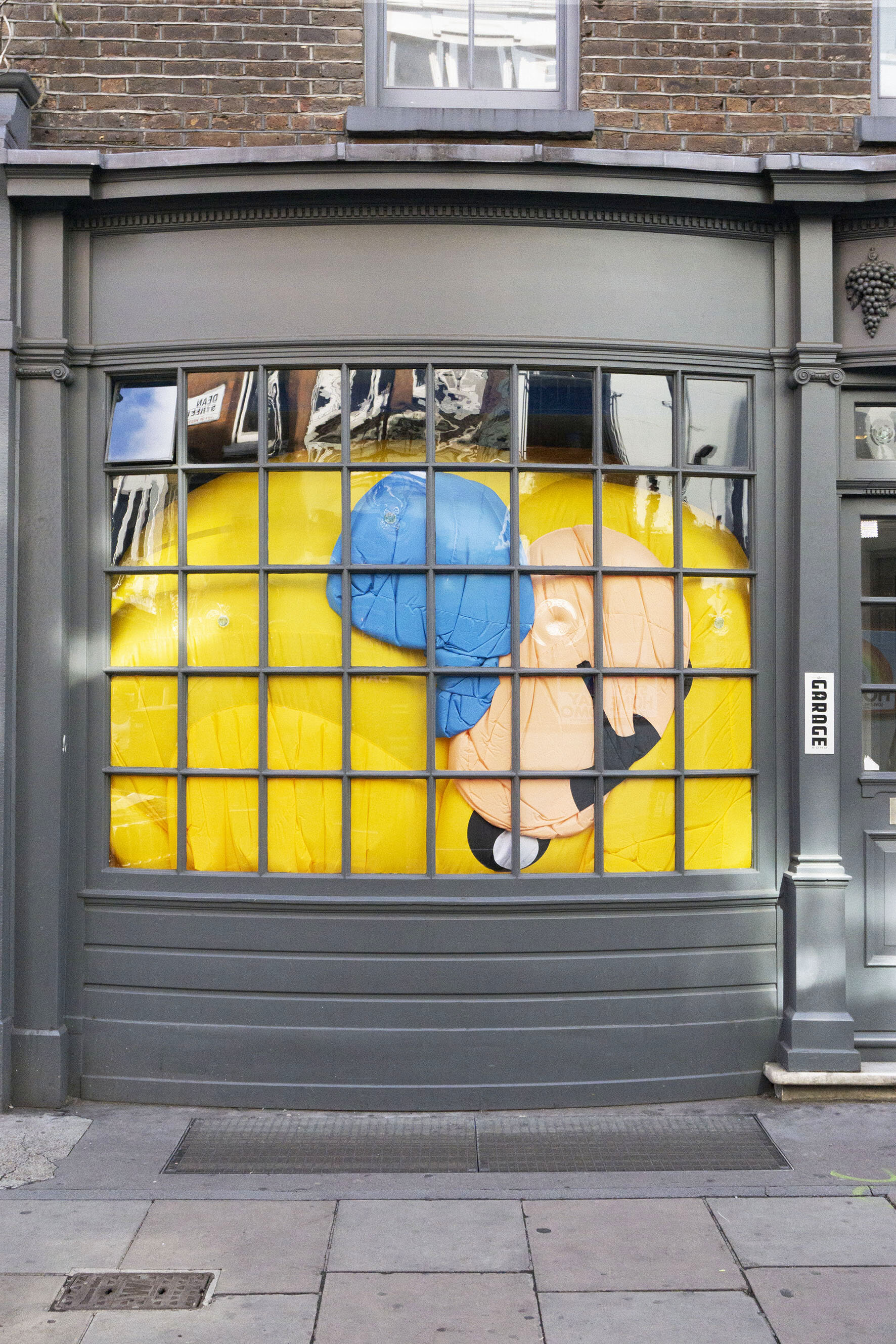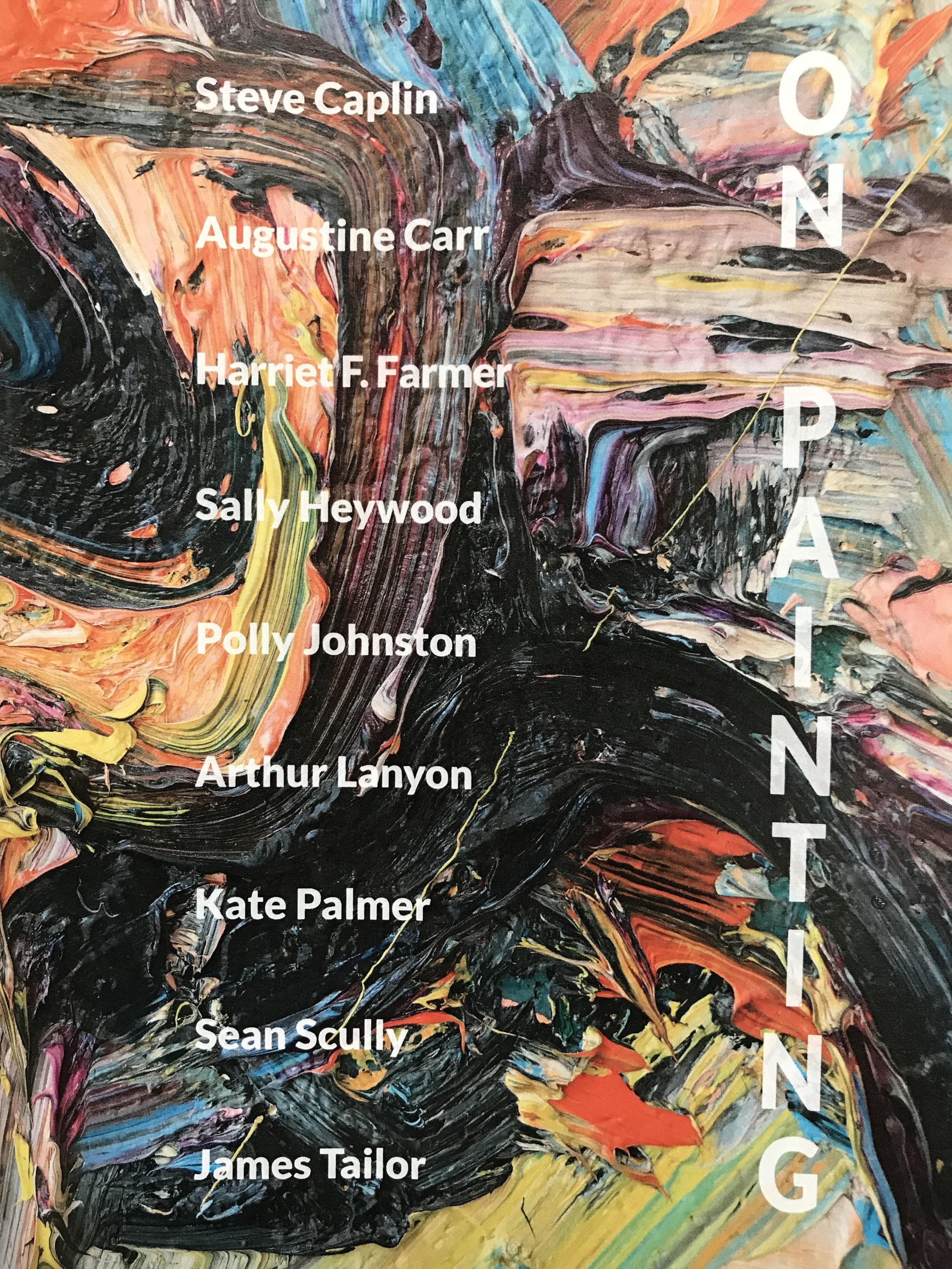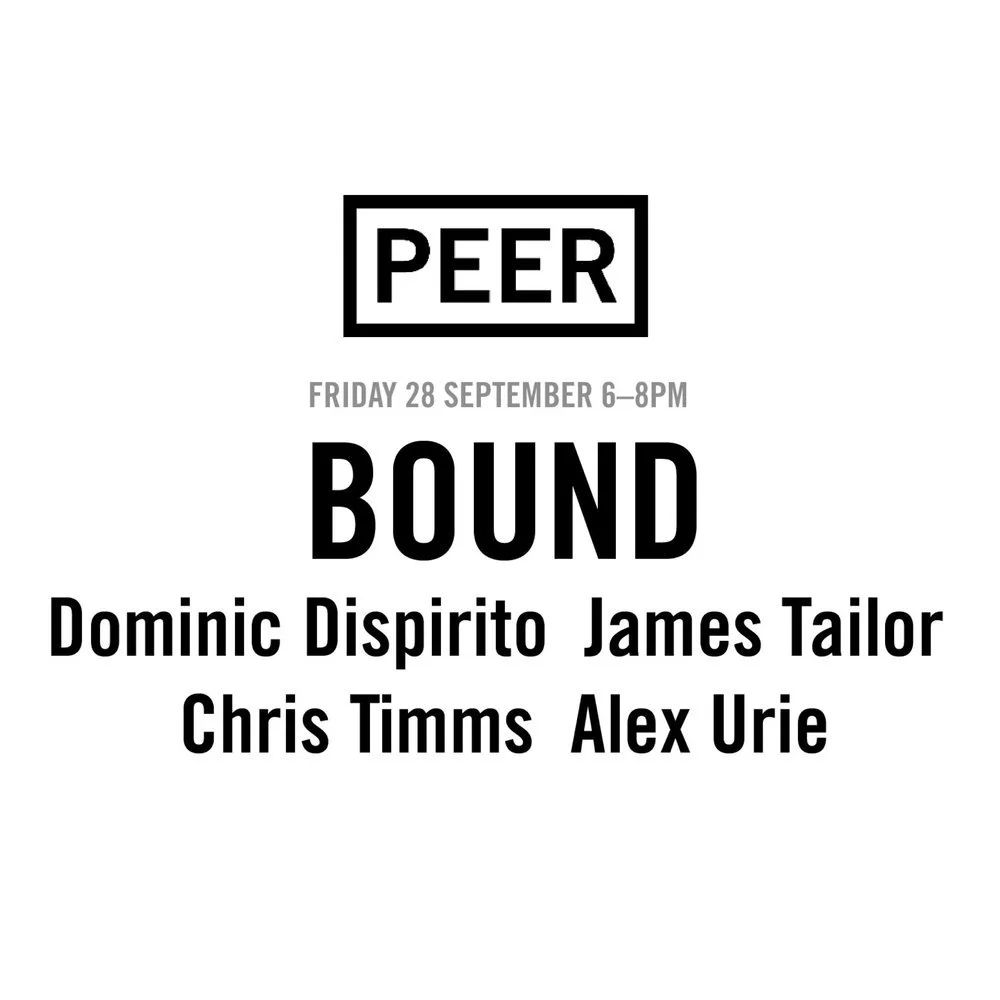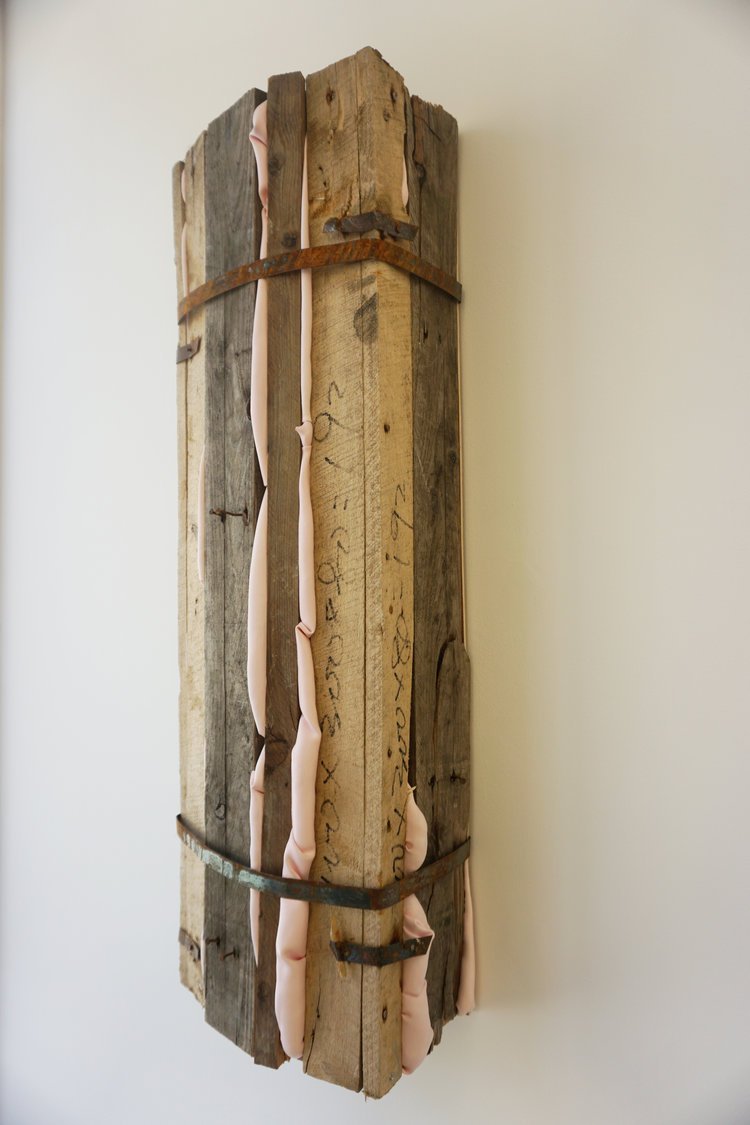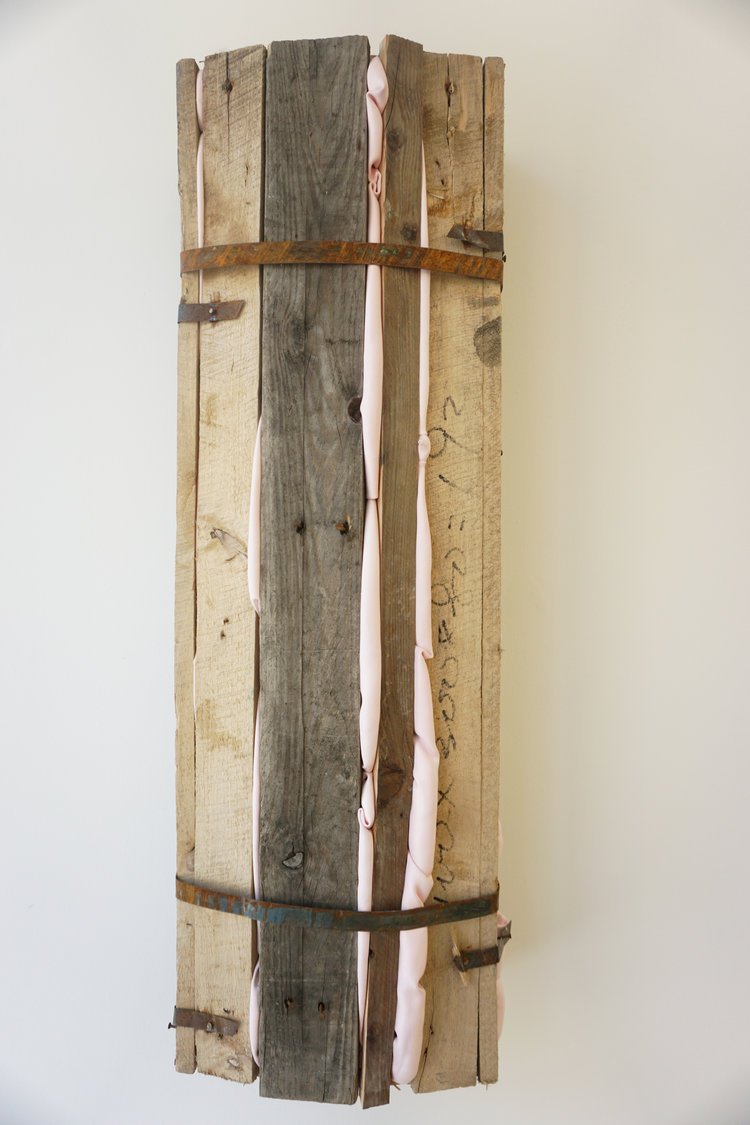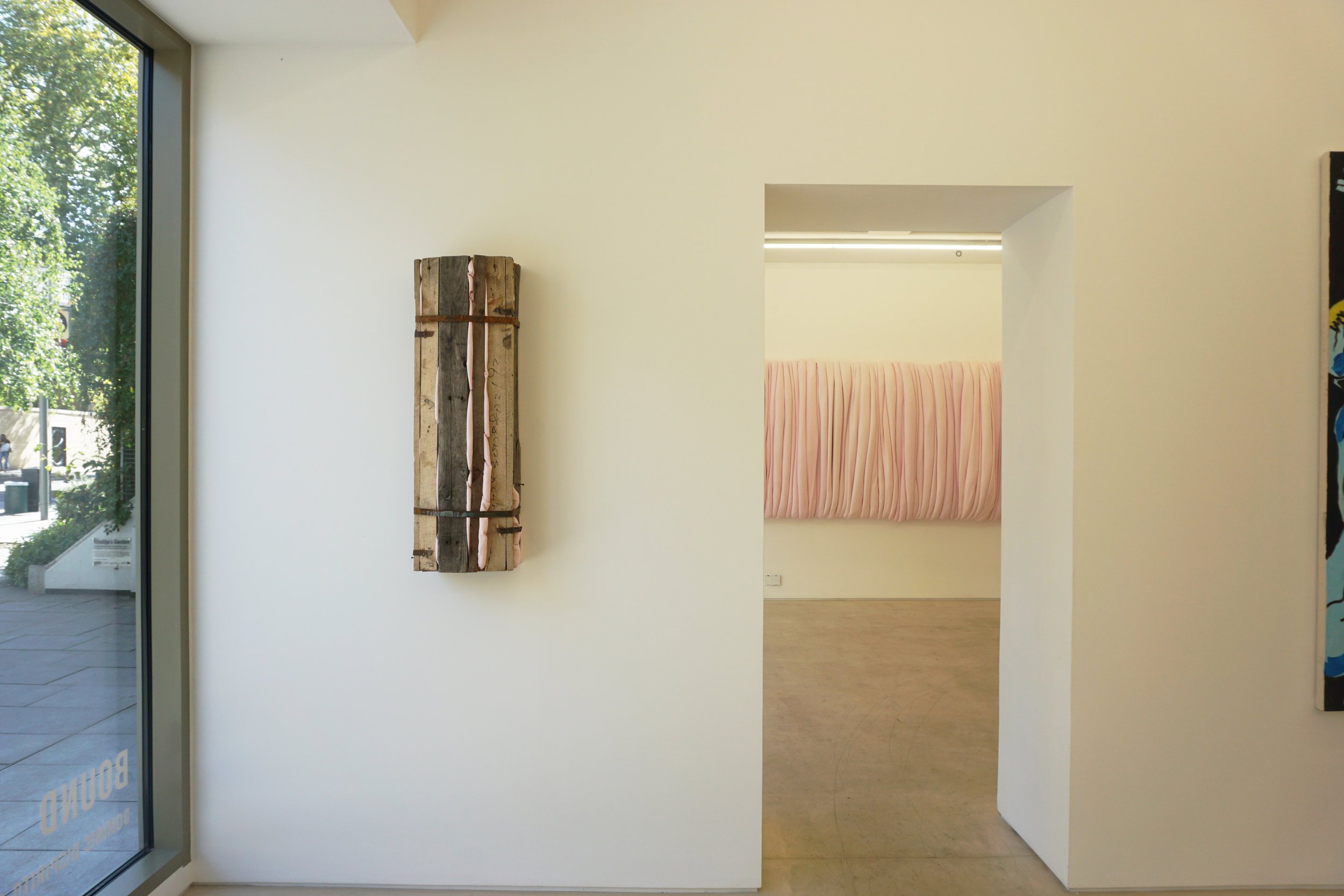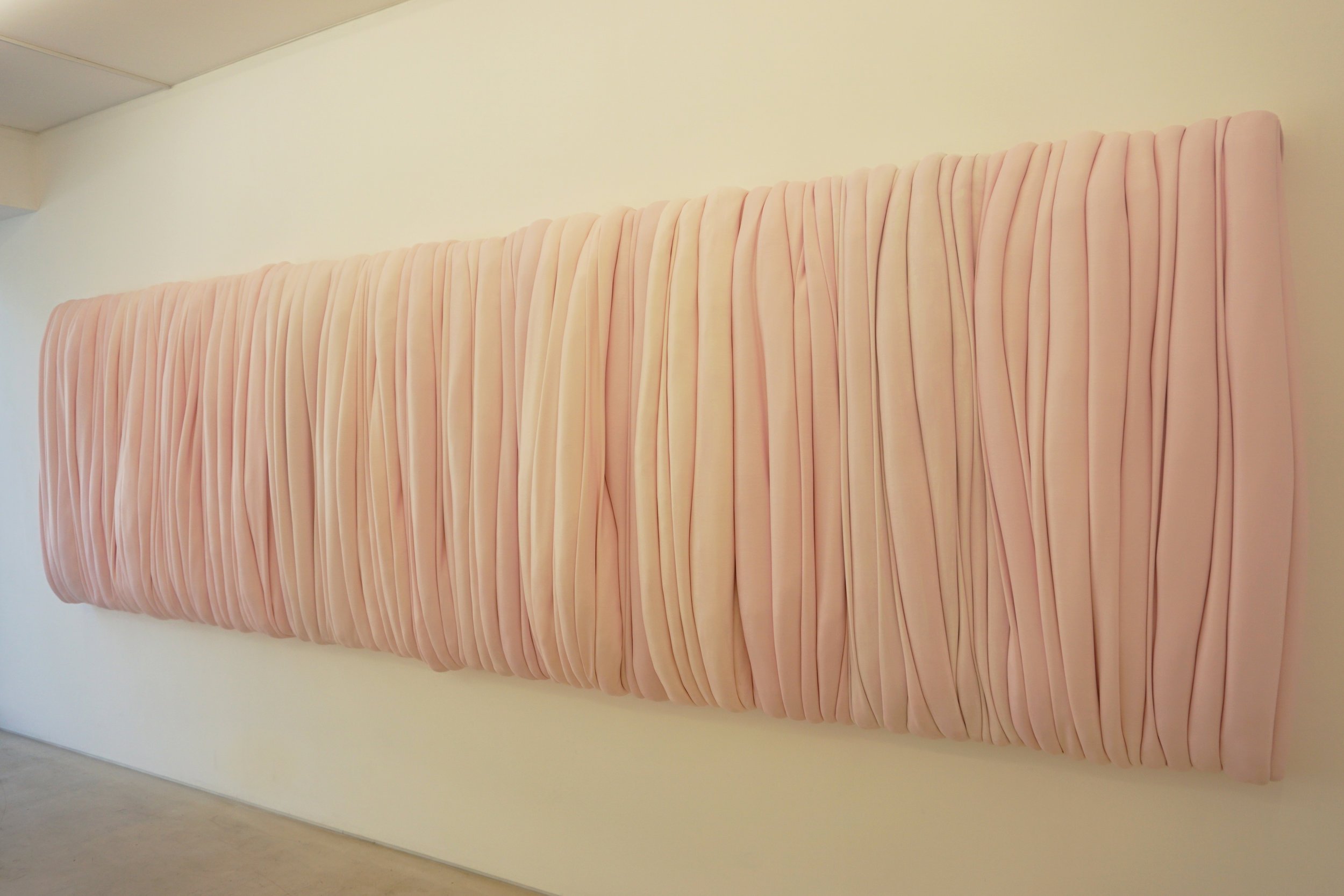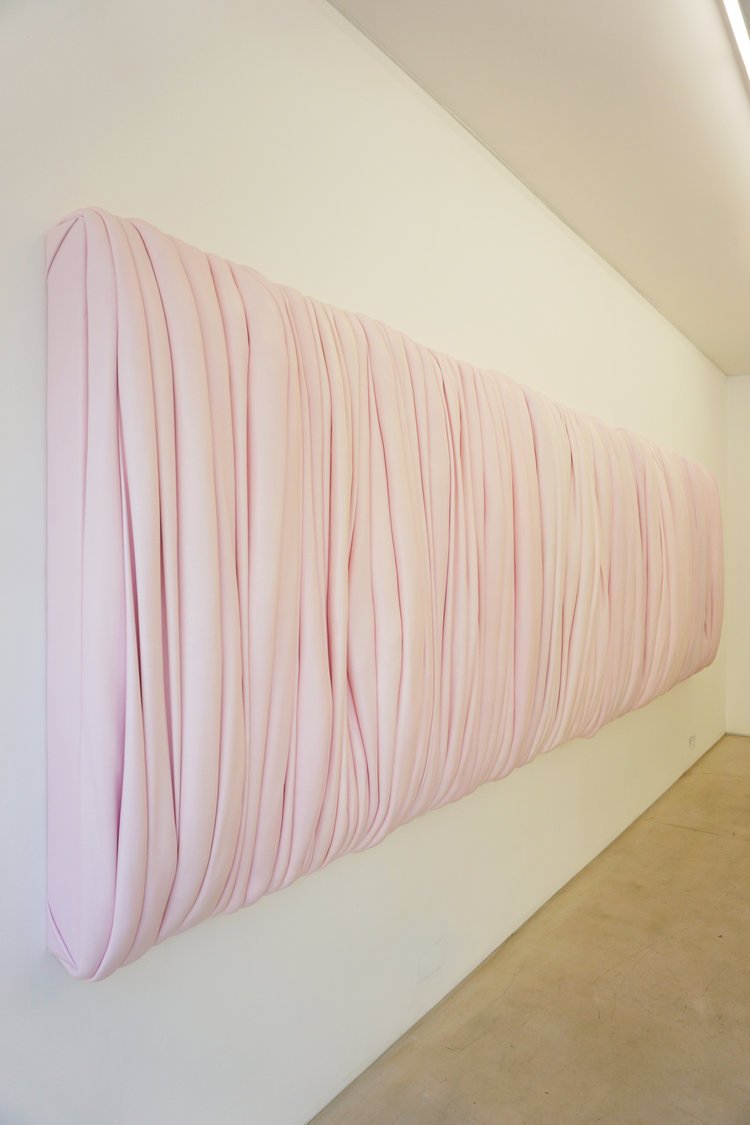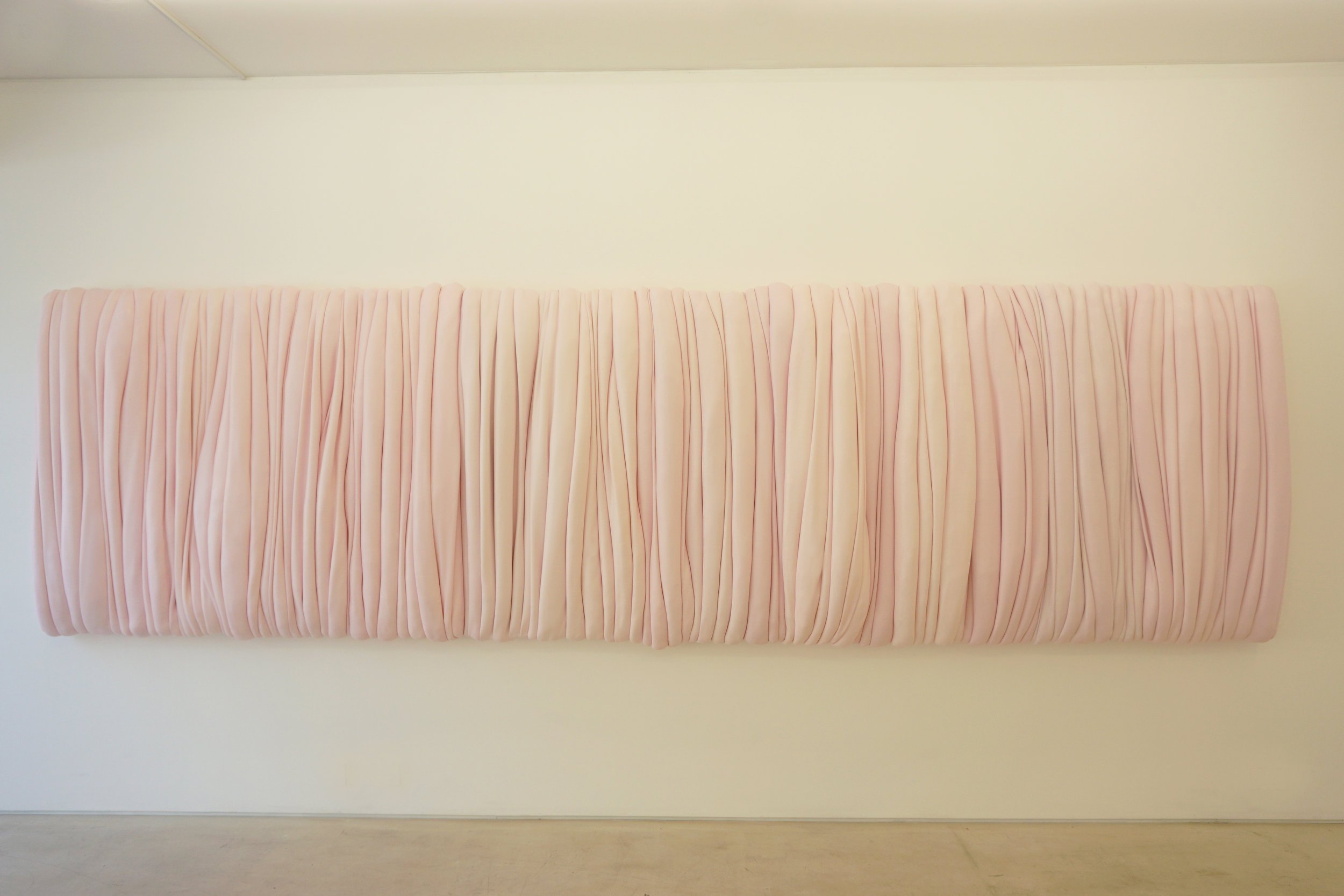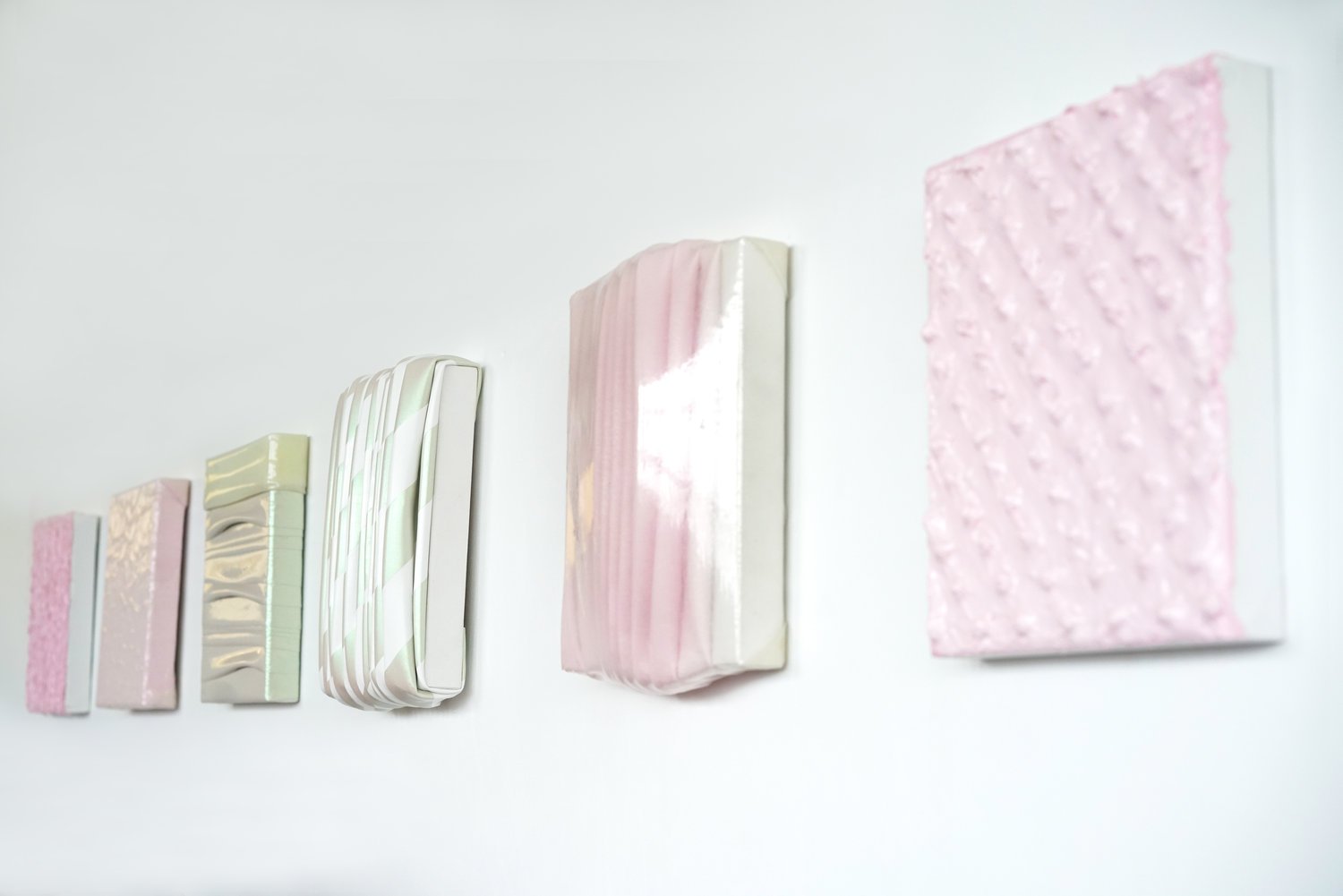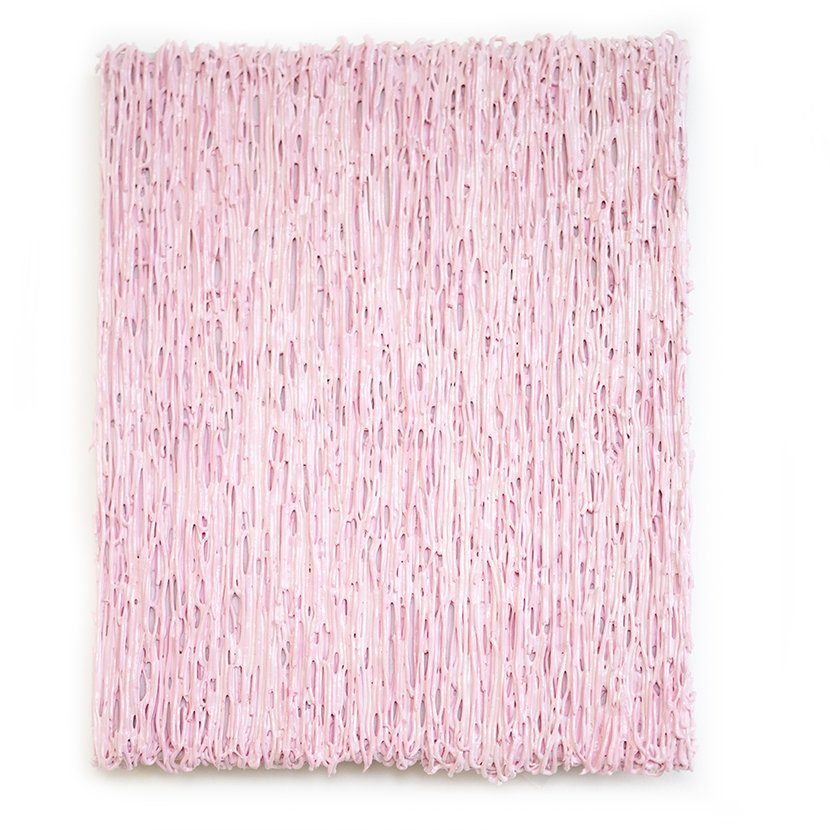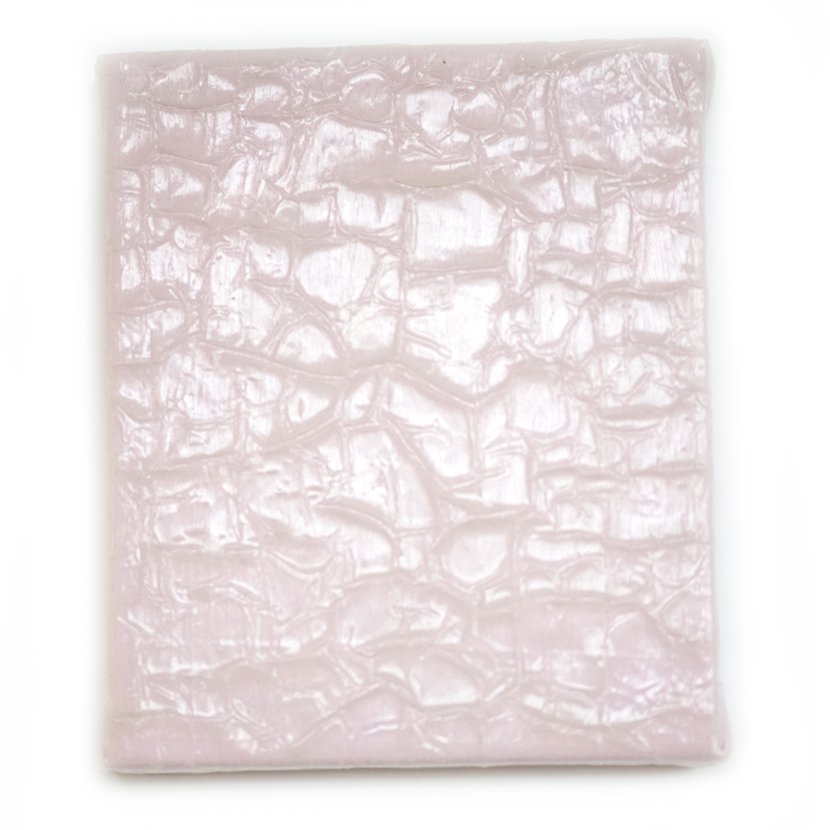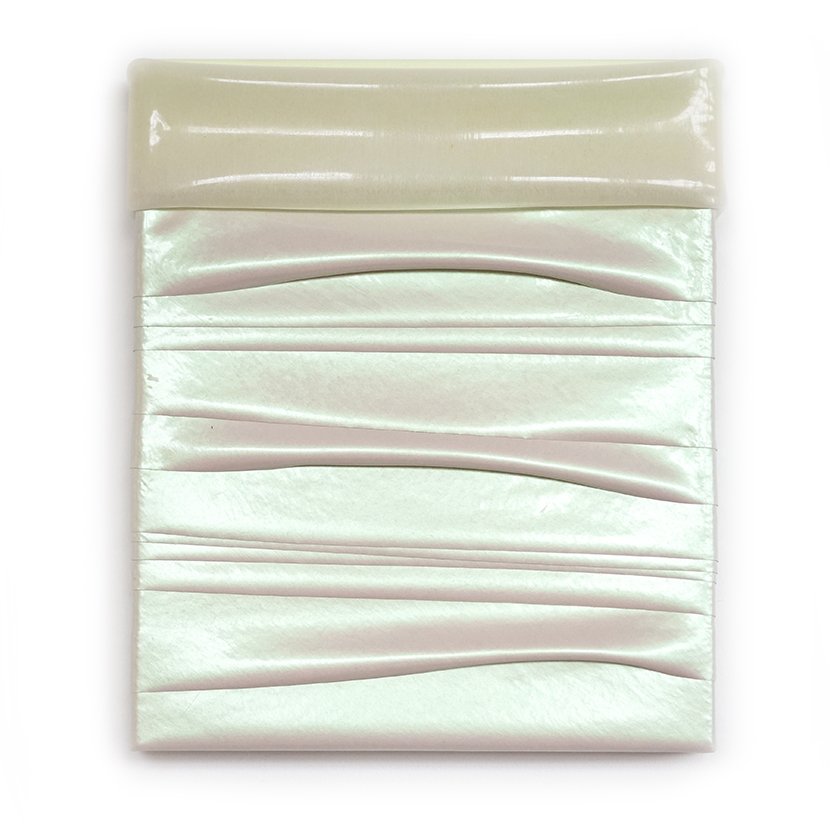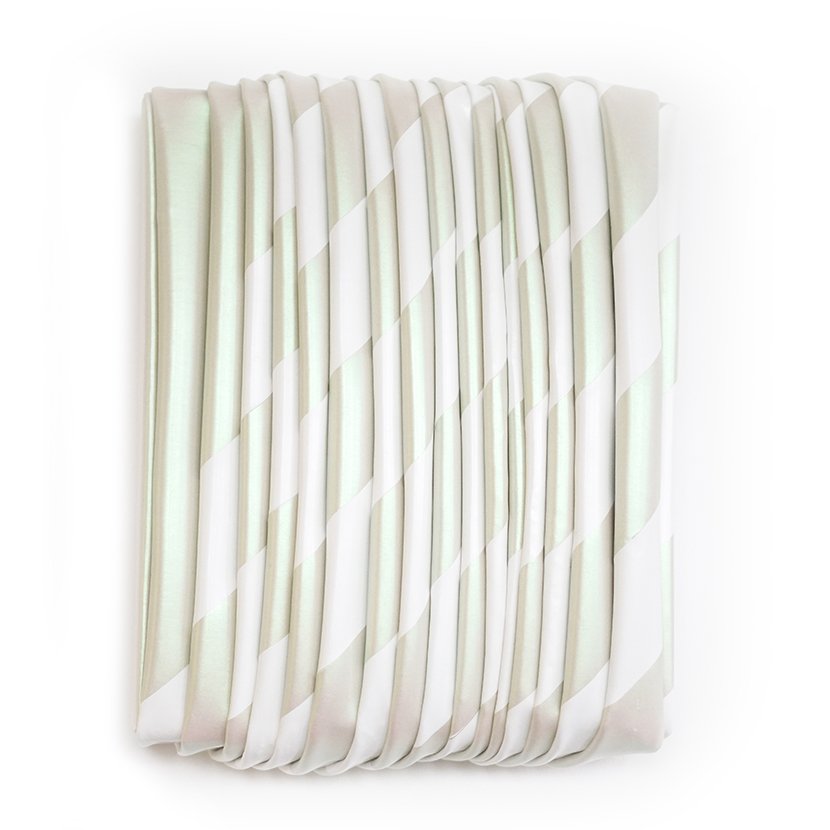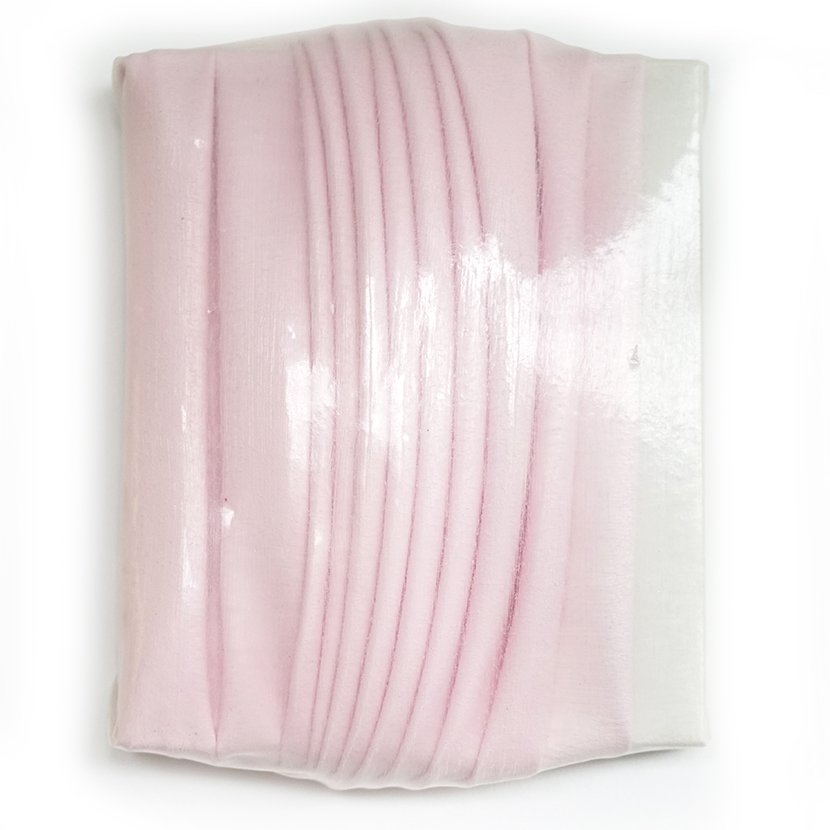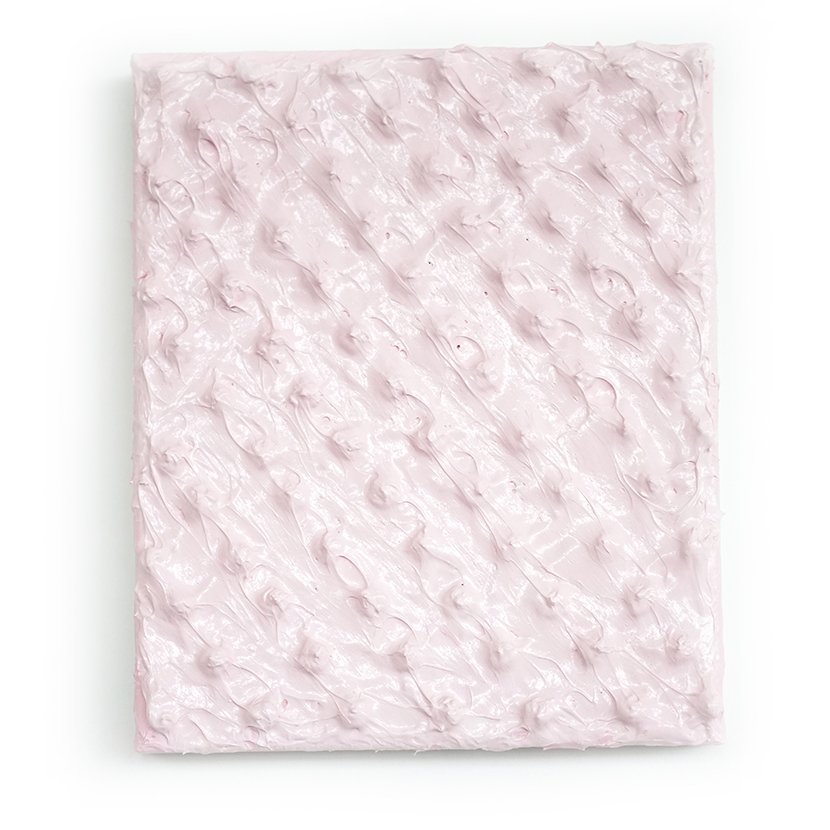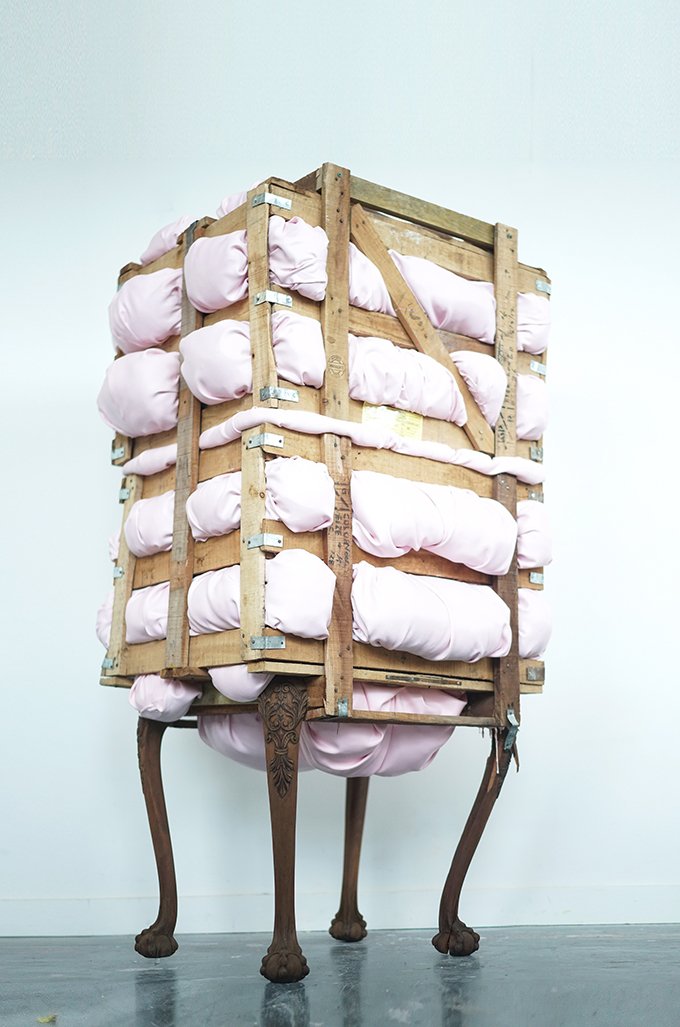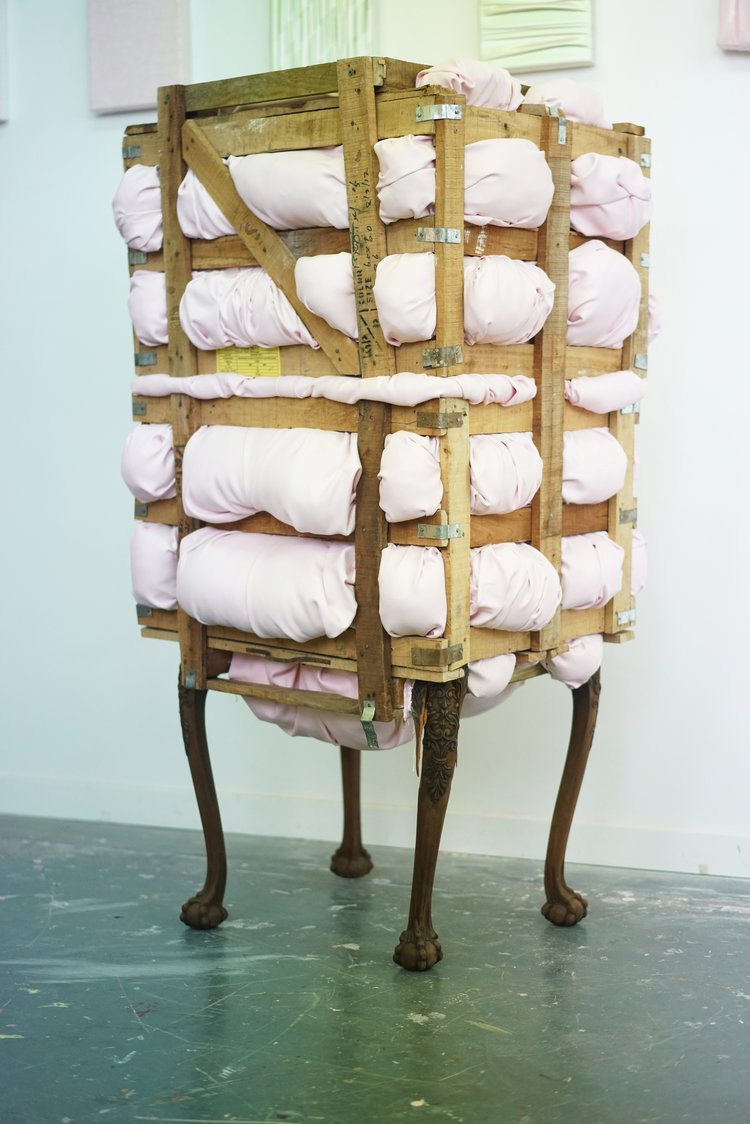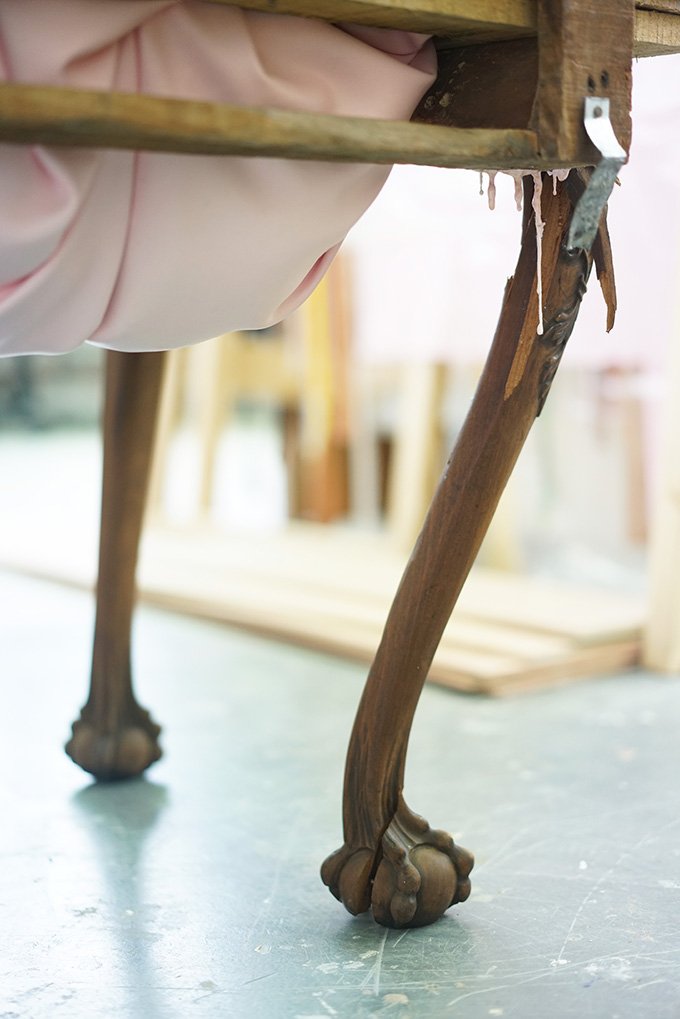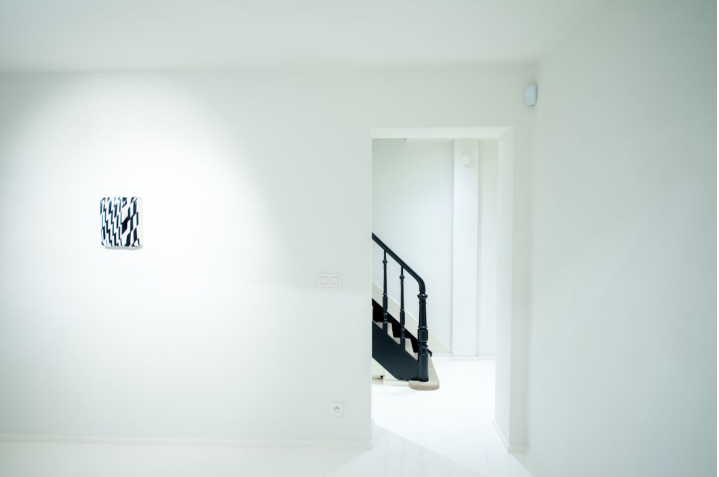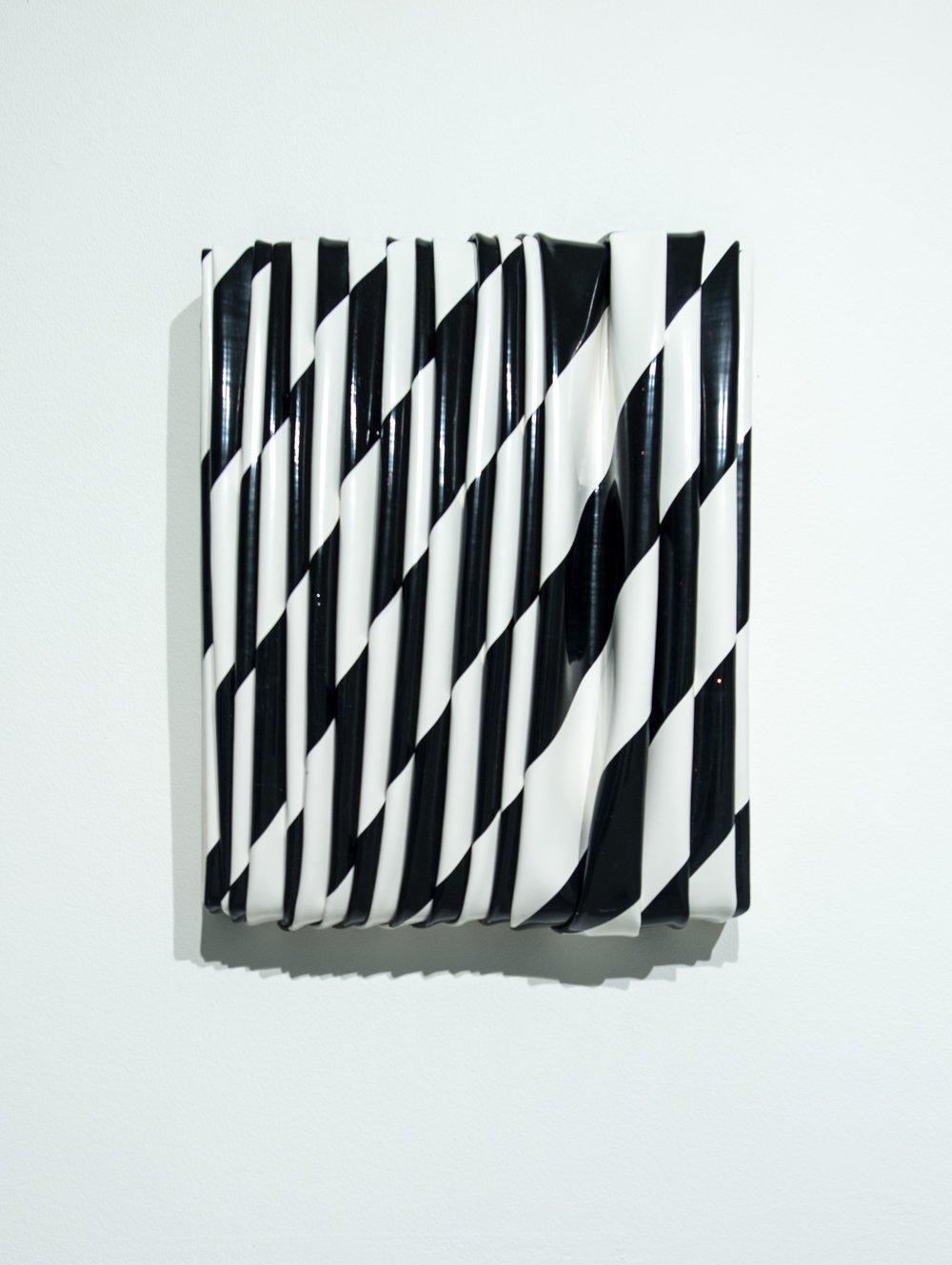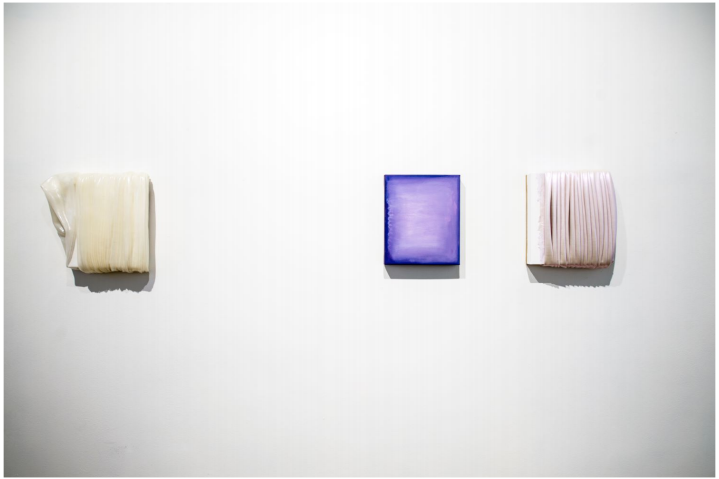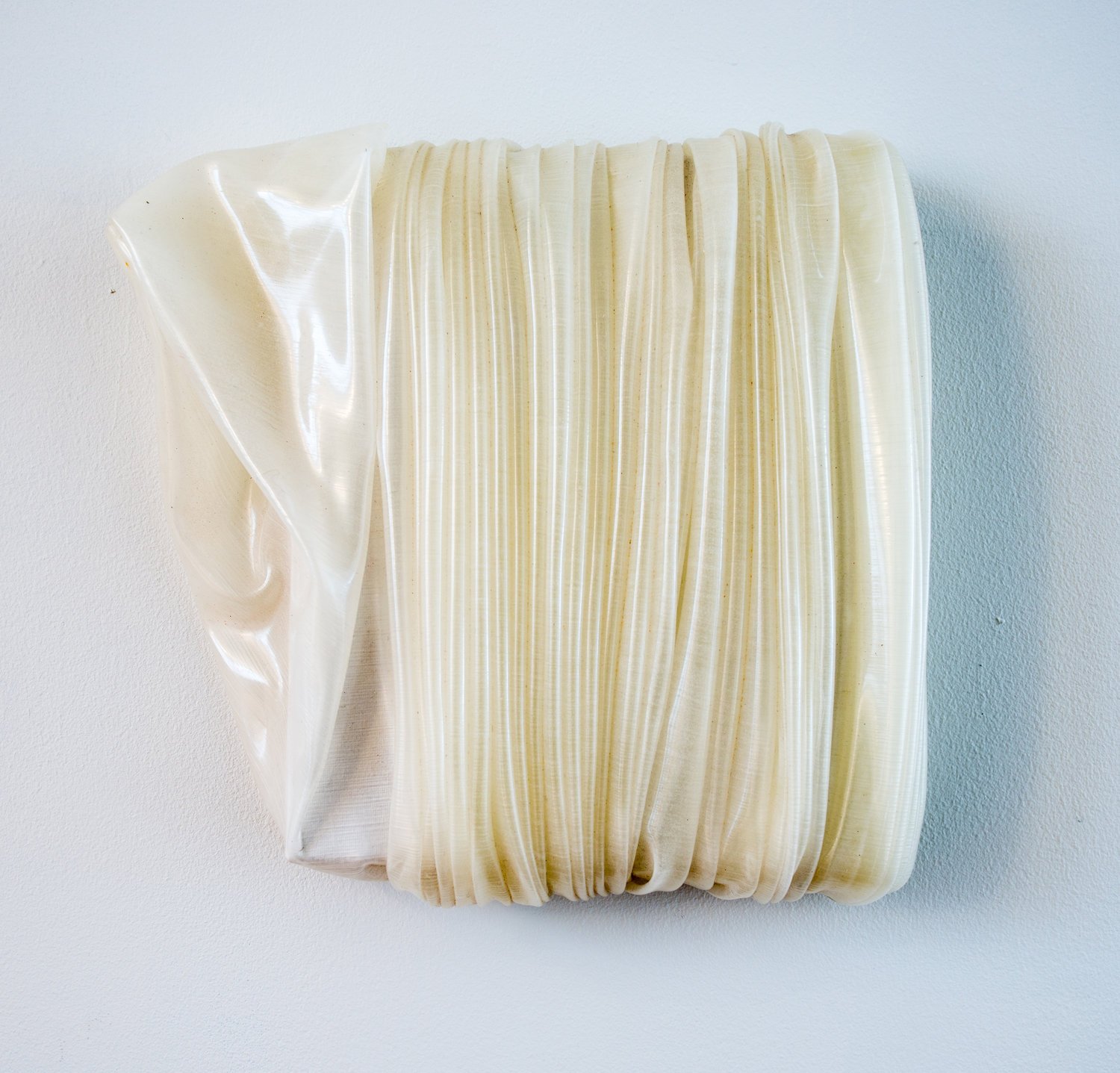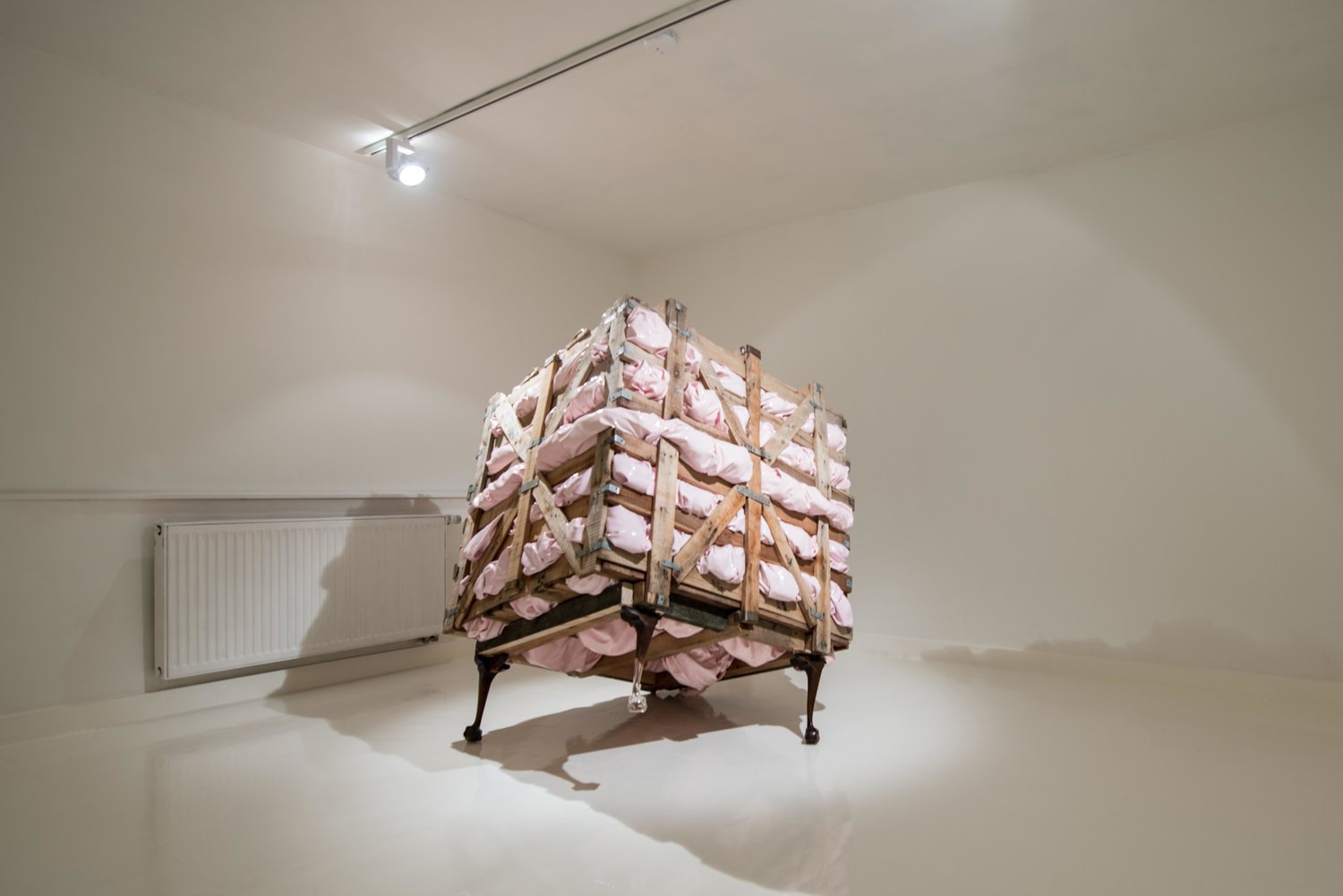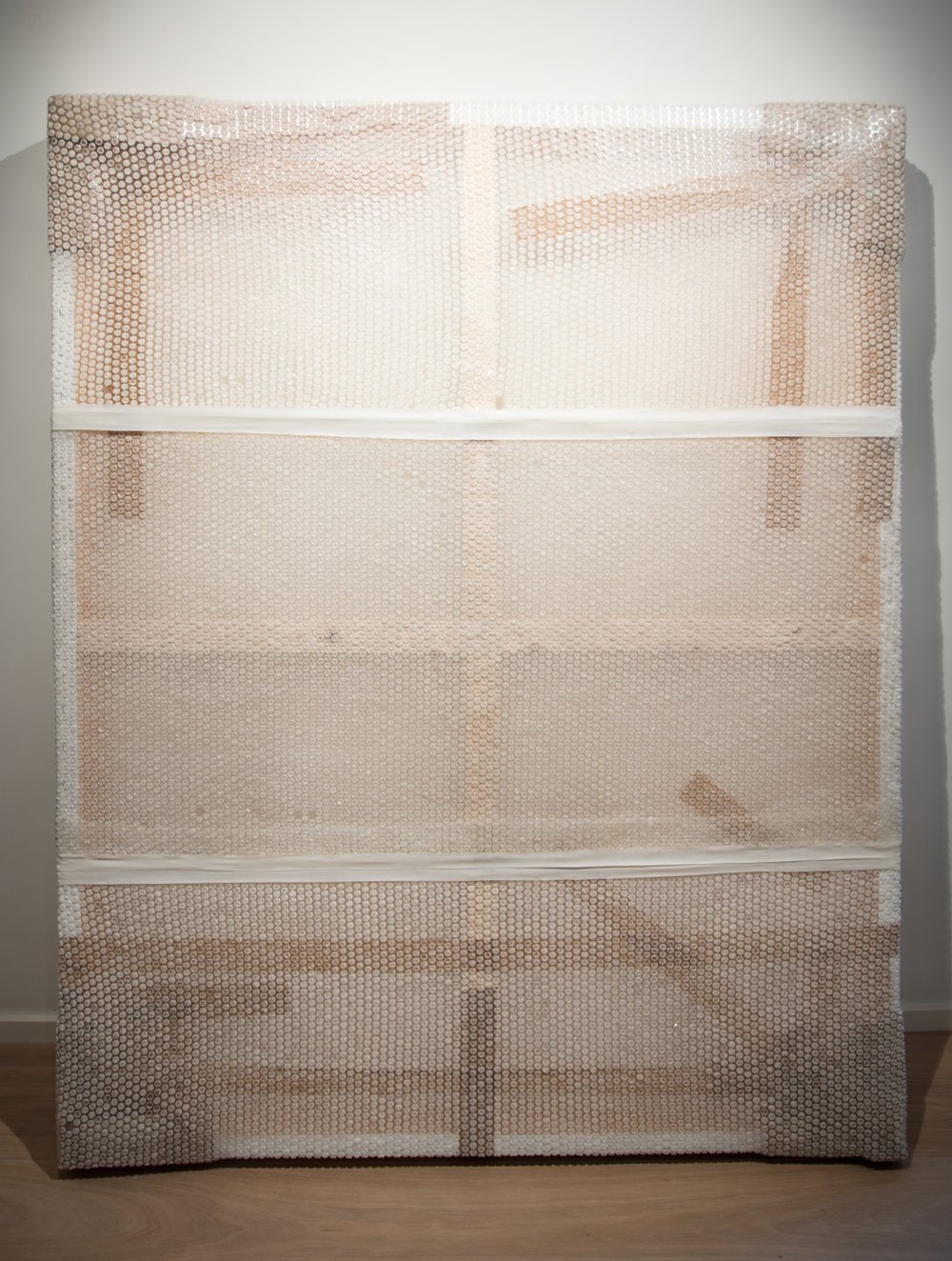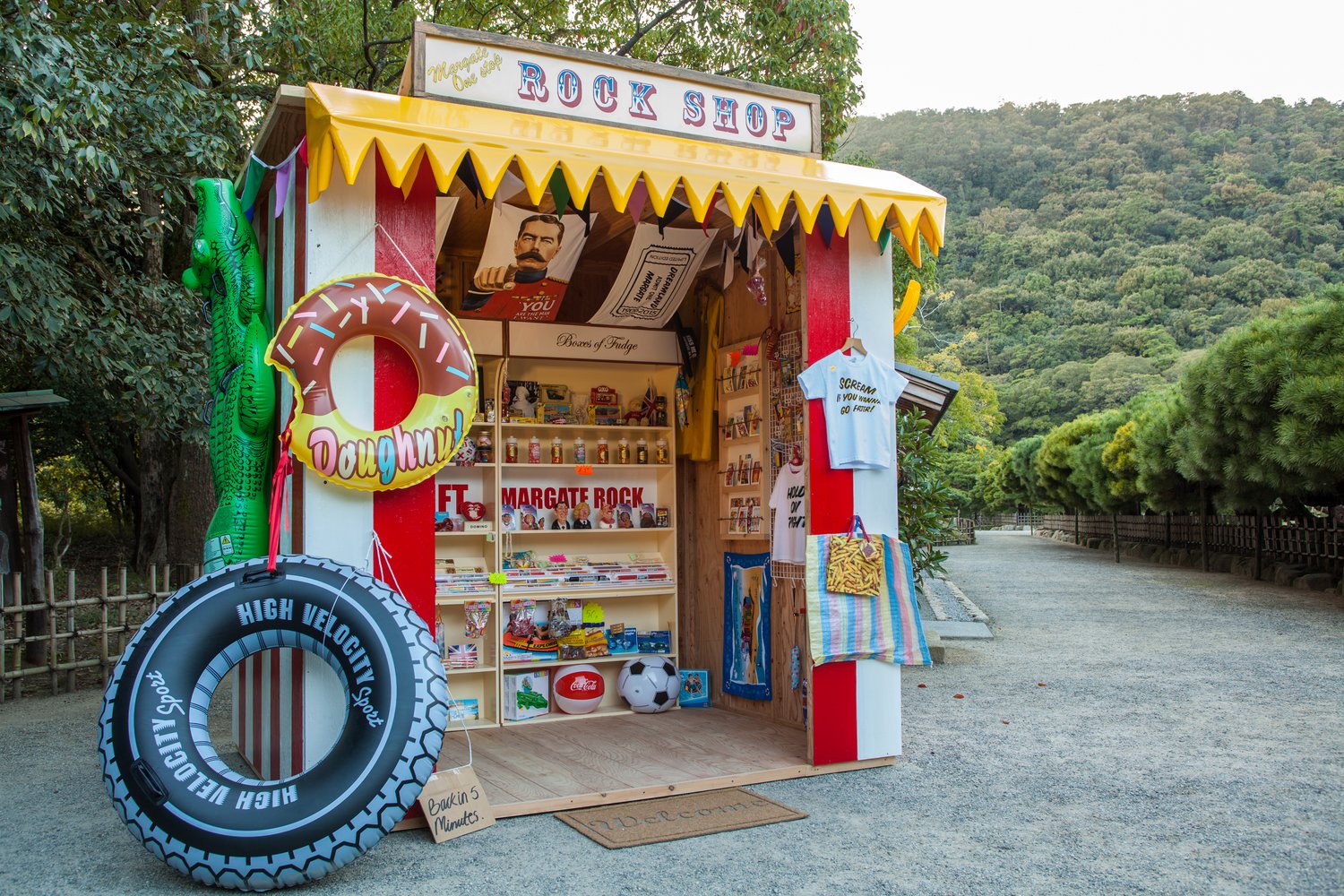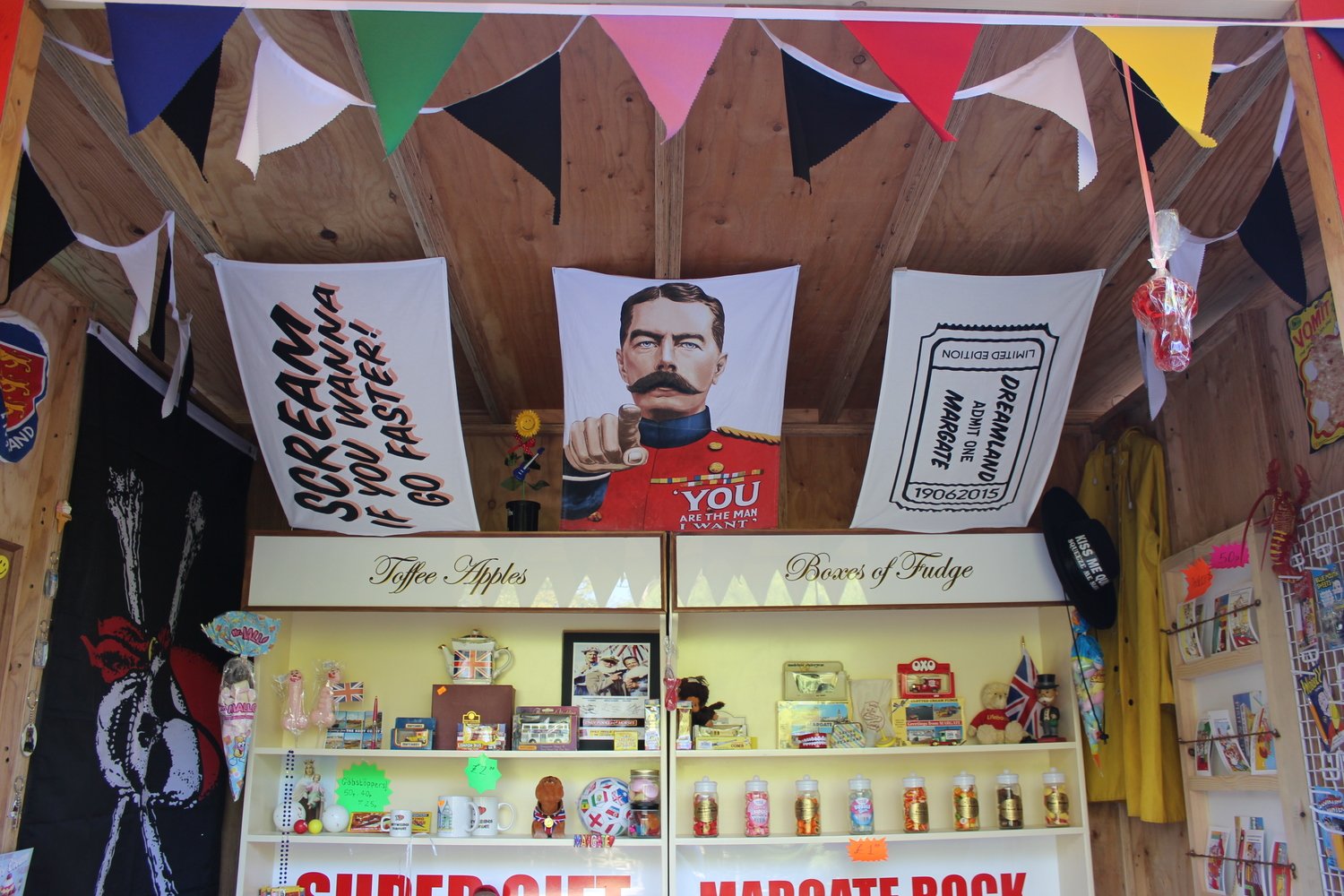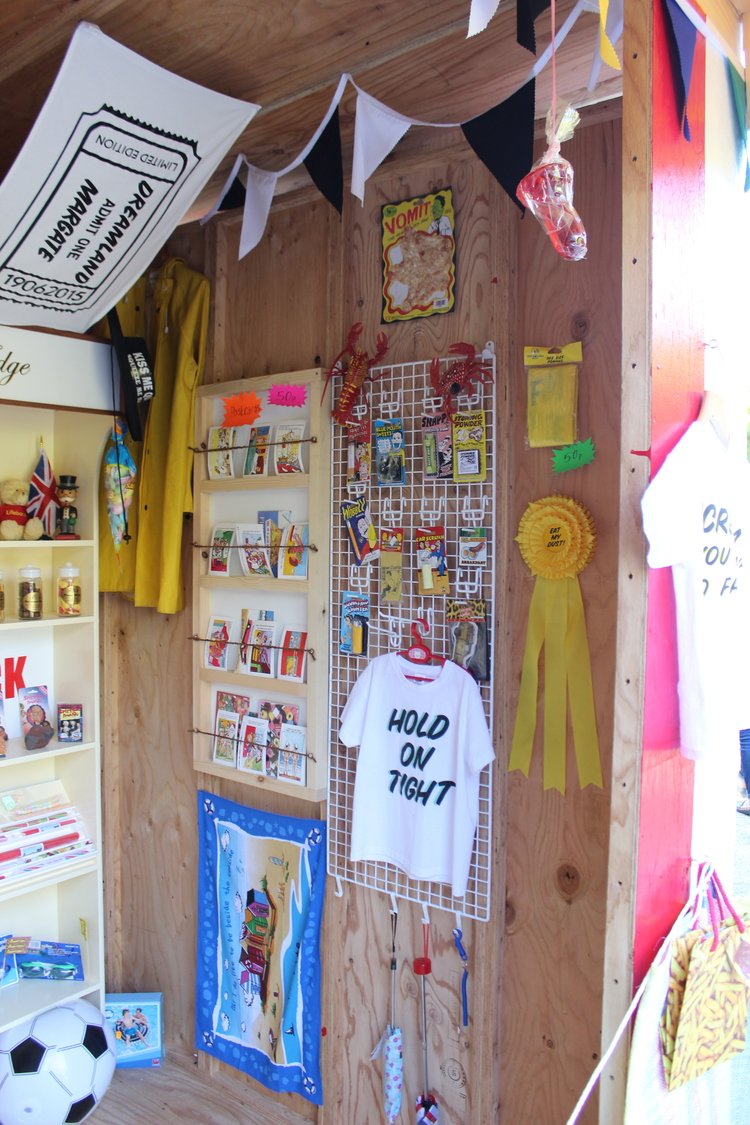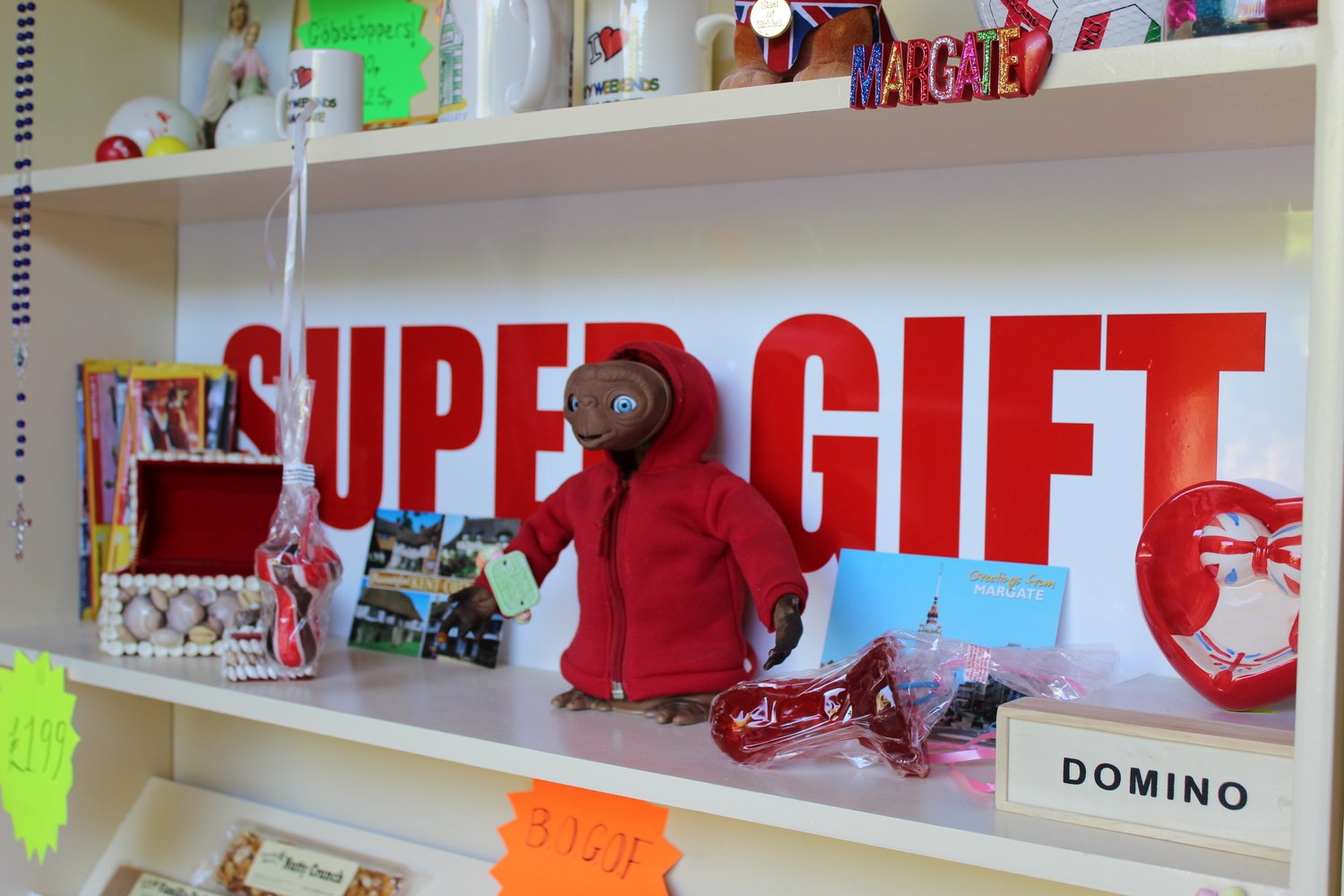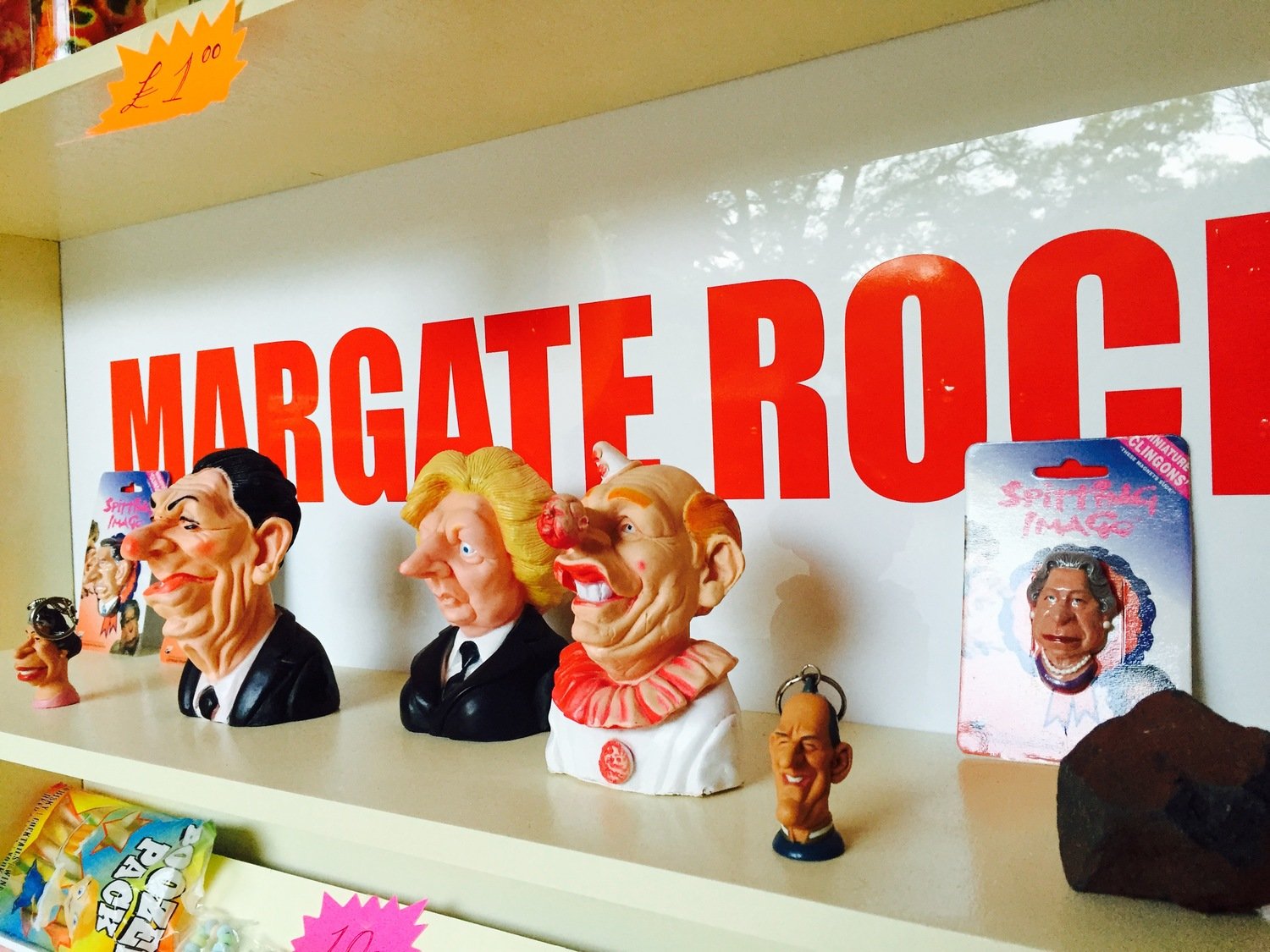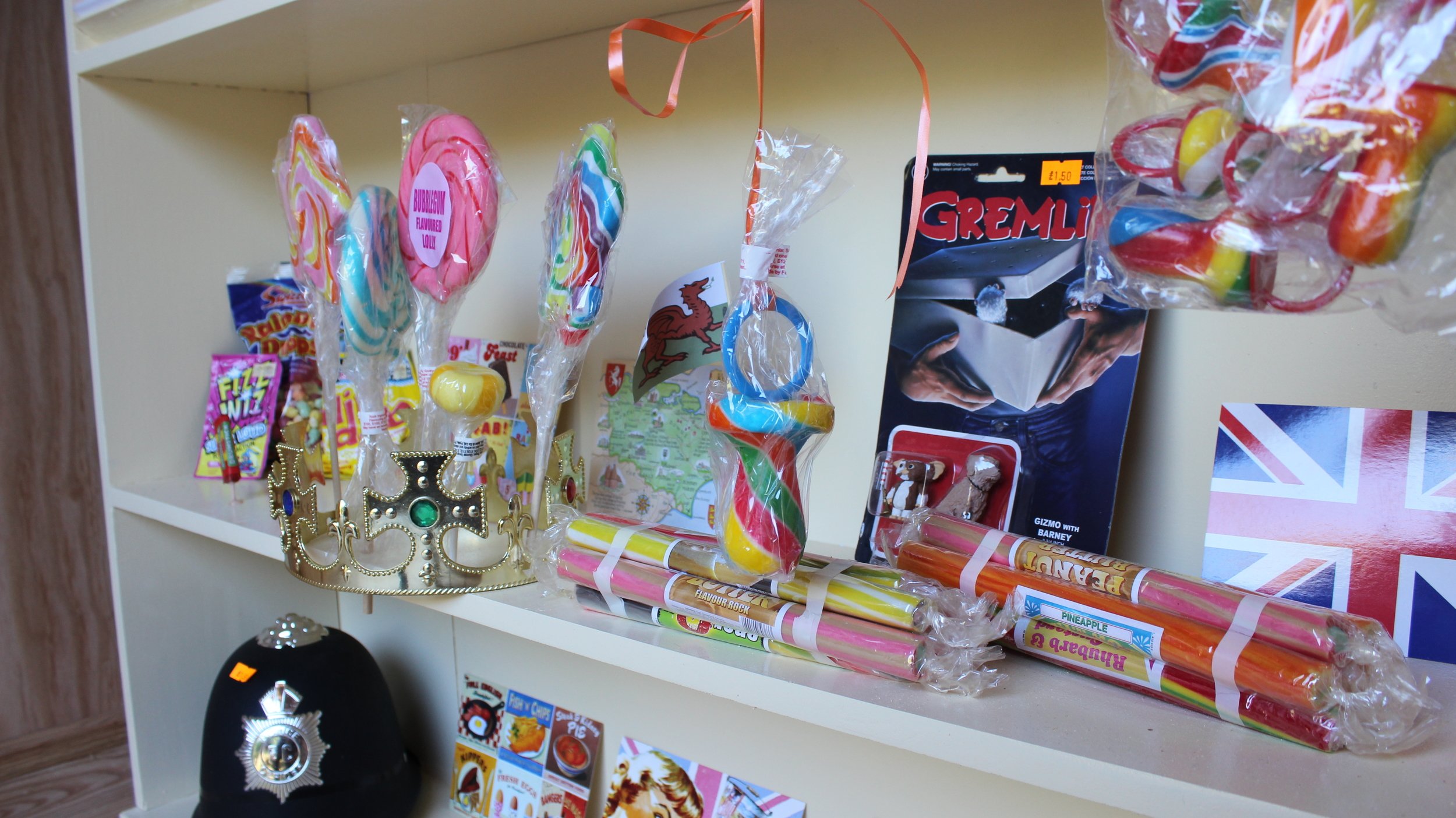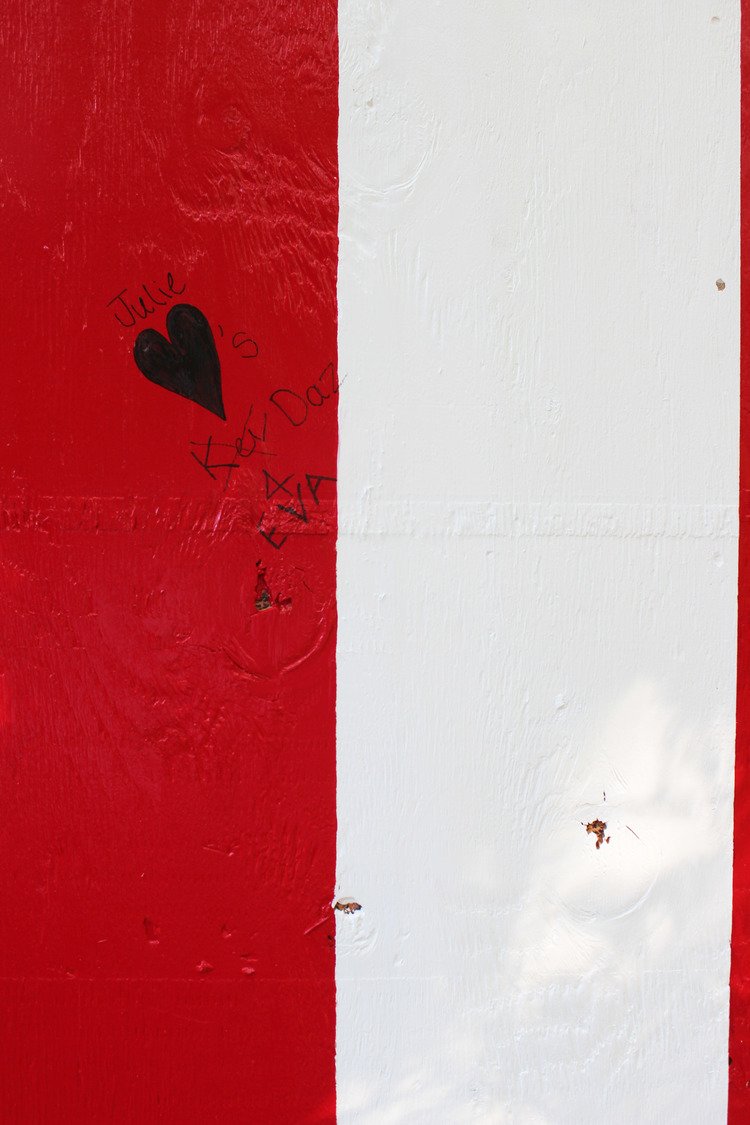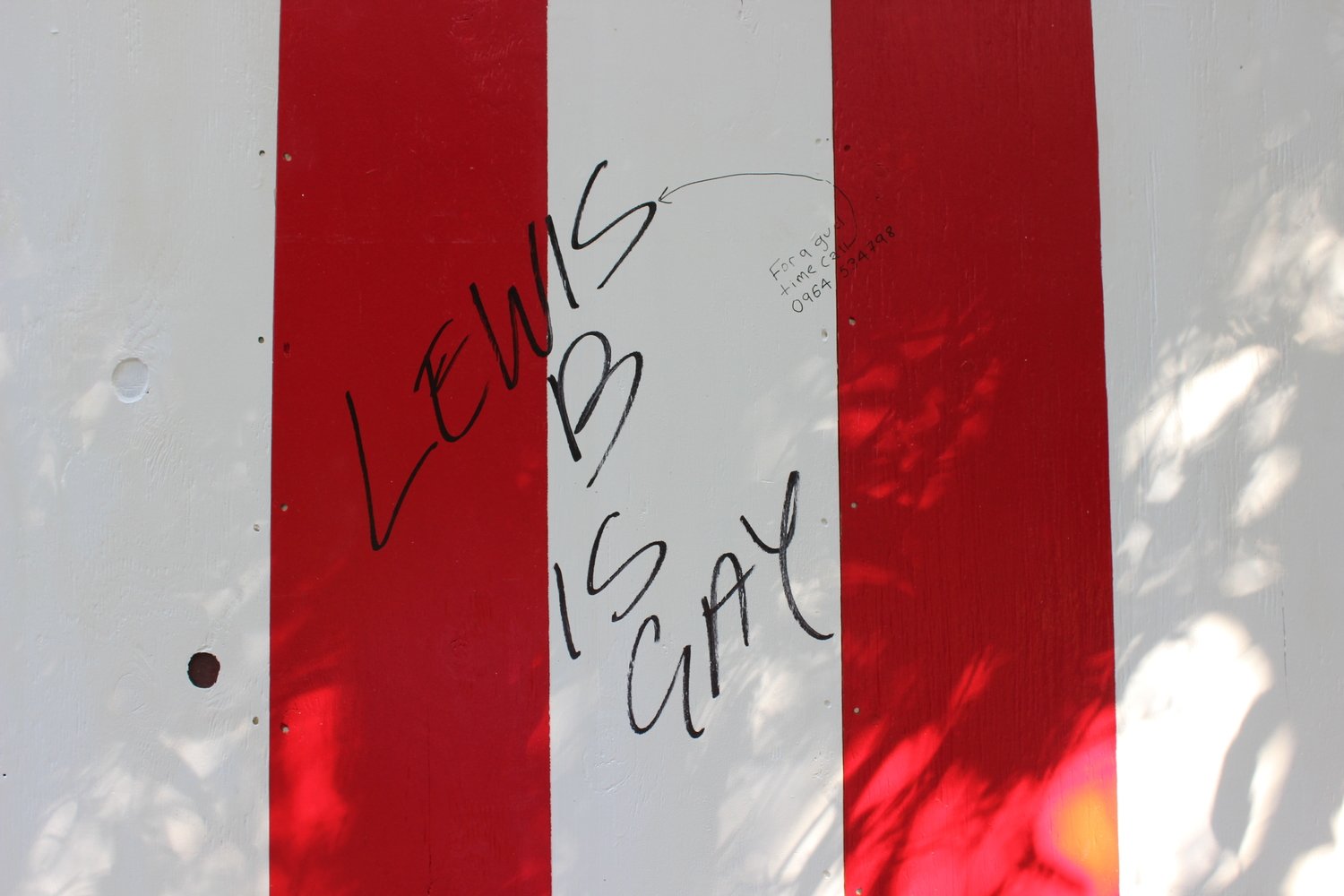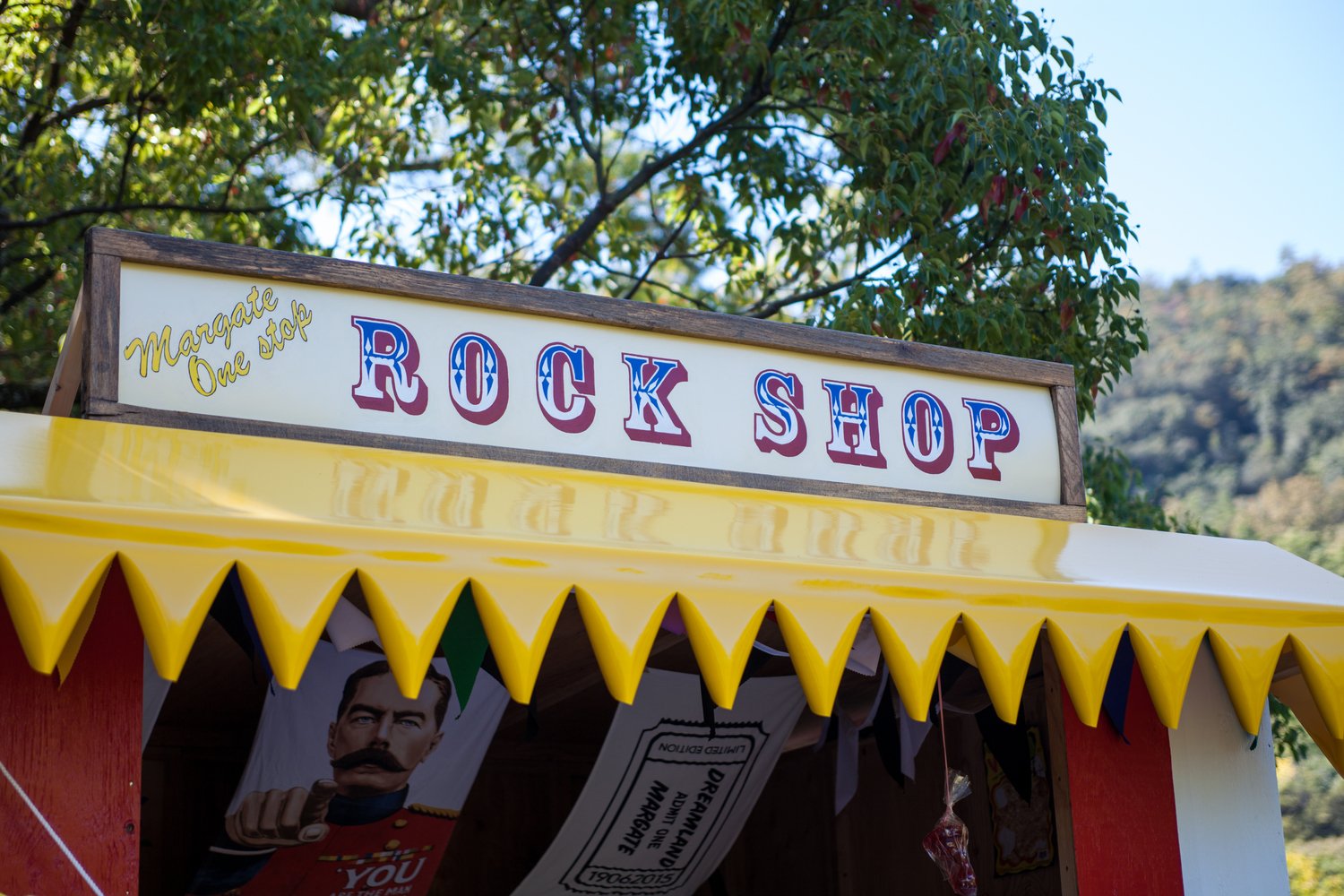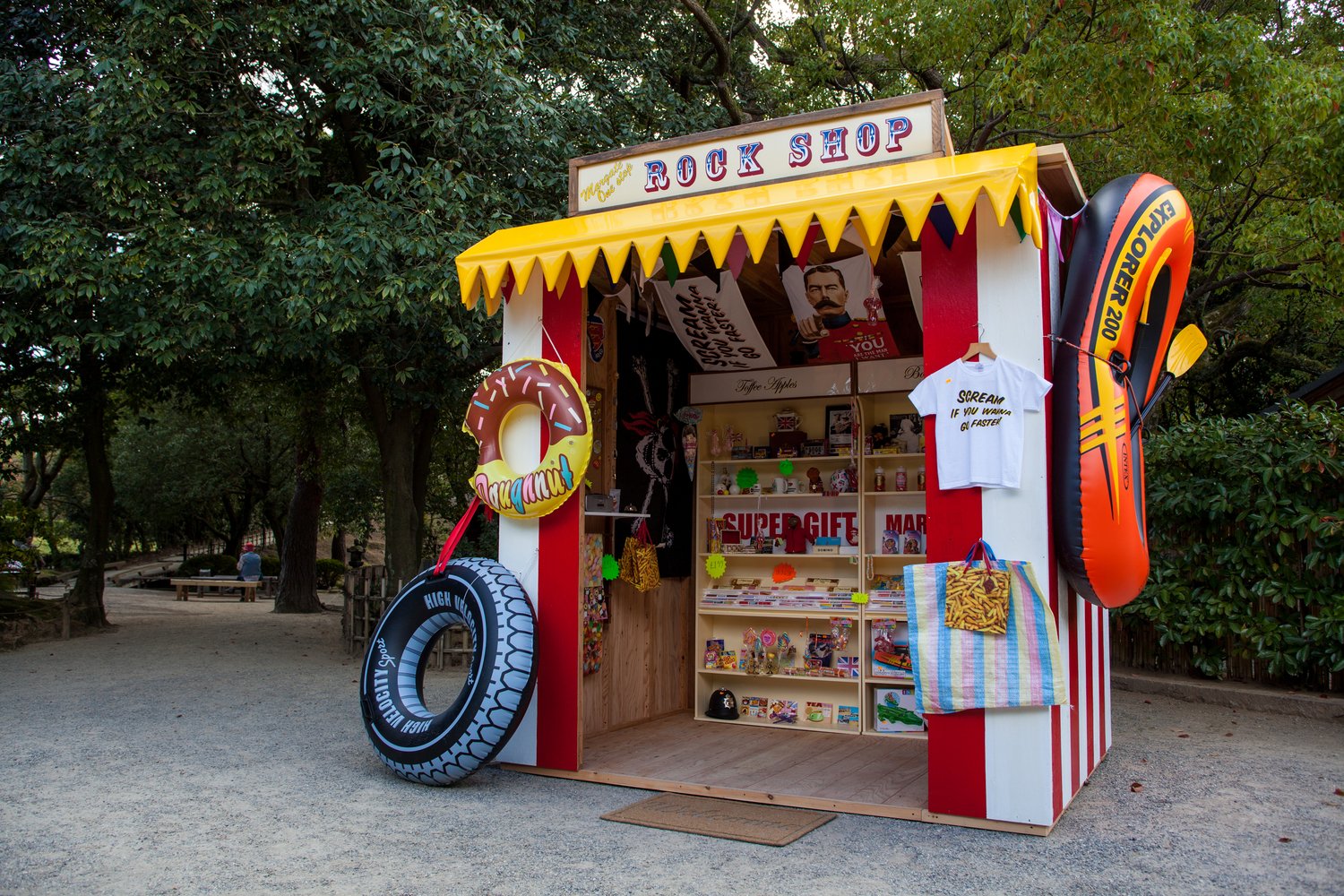PRESS RELEASE
The Smallest Gallery in Soho presents
Title: Capacity
Medium: Inflatable, Lights and found objects
Size: 287 x 264 x 207cm
Year: 2020
24th June - 31st August 2020
Location: 62 Dean Street, Soho, London, W1D 4QF
The Smallest Gallery in Soho is delighted to present a new installation by London based artist James Tailor. Under unique circumstances where the galley’s art is only to be viewed from the street, it is a cultural location showing art where people can visit & at the same time keep their social distance.
A global commentary on Covid-19, the installation incorporates attributes of outbreak, anxiety, restriction of movement, and isolation, and highlights the strains and dangers faced by NHS and key-workers, emergency services, delivery and supermarket workers, businesses, the self-employed and the claustrophobia the general public feel being asked to stay at home.
In this instance, a pre-existing loaned inflatable from Megaflatables of a Teddy Bear - often seen as a symbol of innocence and comfort - has been installed, which references the global Teddy Bear Hunt, against Pantone 300 background, the signature colour of the NHS, acting as a symbol of hope.
At full capacity the inflatable is twice the size of the interior, creating a visual illusion as the work expands to what seems like a bursting point and then deflates - an oversized visual representation of the anxious breath - holding and hopeful anticipation that we have been experiencing as a society.
Inflating & deflating within each hour, the motion magnifies the restrictive nature of the space while keeping viewers engaged.
We are all human & must stand with one another. Today, tomorrow & forever. TSGIS & James Tailor stand in solidarity & support with Black communities across the world. We as humanity have an individual & collective duty to do better.
About The Smallest Gallery in Soho
The Smallest Gallery in Soho is a historic shop-front which faces onto Dean Street, in the heart of Soho. The aim of this intimate gallery is to display artwork that captures people’s attention on their journey through Soho and encourage them to stop, think and be inspired. It hopes to transcend the rapid changes of building developments and the dispersion of the creative cohort - that was once so vibrant within the area - by exhibiting free and engaging art works to view from the street. The Gallery is run and curated by Philip Levine and Andreia Costa with support from The Garage Soho.
About the Artist:
James Tailor is an artist based in London, after finishing his MA at Central St Martins in 2018 he was awarded the Helen Scott Lidgett, Acme Studio award. During his time studying at CSM he interned with the Chapman Brothers as well as being chosen to go to Japan and create site specific art in response to Ritsurin Gardens. He has worked on large high profile events and collaborated with some of the most prolific artists and photographers. Tailor includes Adidas, Nick Knight, Kanye West, Sir Elton John, Kate Moss, Naomi Campbell, The Chapman Brothers, Kylie Minogue, and Boy George as collaborators, patrons or collectors of his work. From 2018 to 2019 Tailor worked as an assistant with Phyllida Barlow while maintaining his own practice. He has shown in London as-well as working with galleries around the world, previously featured in the Catlin Guide 2015, Extreme Typography Of The Garden and ArtMaze magazine among others, he has forthcoming interviews with The Asian Curator and the Delphian Gallery. At the same time as making work for The Public Gallery, Tailor has also been planning shows with ASC gallery - London.
Website: www.jamestailor.co.uk
Instagram: @jamestailor
About the Managers/Curators:
Philip Levine
Philip has been working in the creative, cultural industries for the last decade as a producer. This has ranged from exhibitions, events, publishing, talks and creating his own unique artwork under the title ‘Headism’. He has gained a MA in Culture, Policy and Management at City, University of London and now works in charity. Being from London, his passion is knowing ‘who and what’ is up and coming in cultural trends and being involved within them.
Andreia Costa
Andreia is an Associate Architect at Jamie Fobert Architects. She studied in the Faculty of Architecture at the University of Porto and practiced for 3 years in her native Portugal. Before moving to the UK, Andreia decided to explore her contemporary art interest by working in Serralves Museum of Contemporary Art as an architecture and art lecturer. In 2010 she joined Jamie Fobert Architects, where she has been involved in several projects including Selfridges and Tate exhibitions.
Other support from:
Lighting design: Syntax Lighting
Lighting: Architectural FX
Megaflatables Ltd.
https://www.megainflatables.com/inflatable-art/
The Smallest Gallery in Soho has displays rotating every two or three months.
‘Capacity’ will be on from between June - August 2020
For more information about The Smallest Gallery in Soho:
thesmallestgalleryinsoho.com
Contact: gallery@thegaragesoho.london
Sales: gallery@thegaragesoho.london
Instagram: @thesmallestgalleryinsoho
Twitter: @smallgallsoho
More Images below
